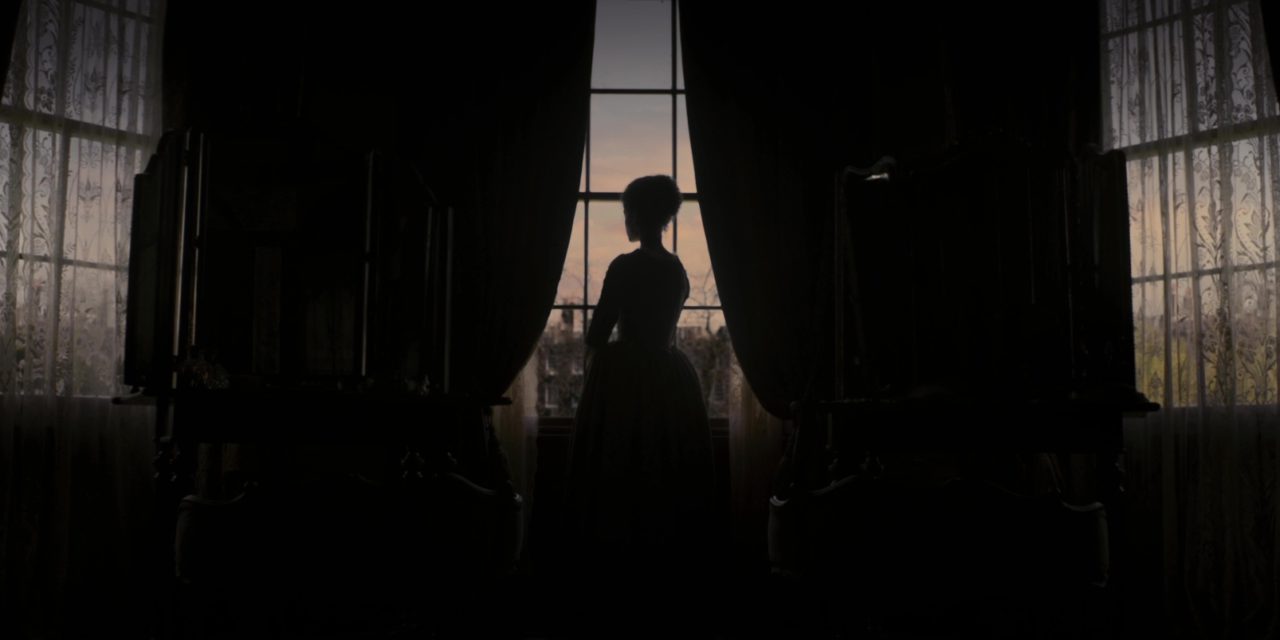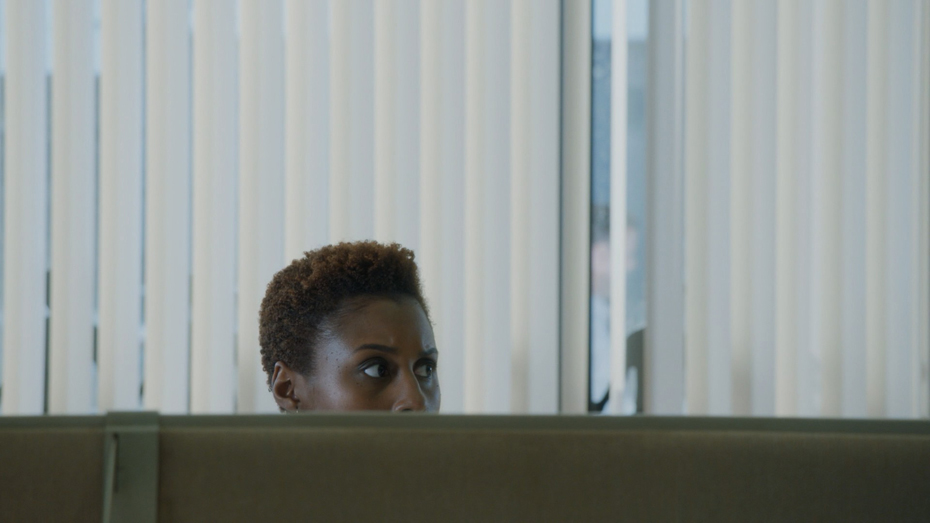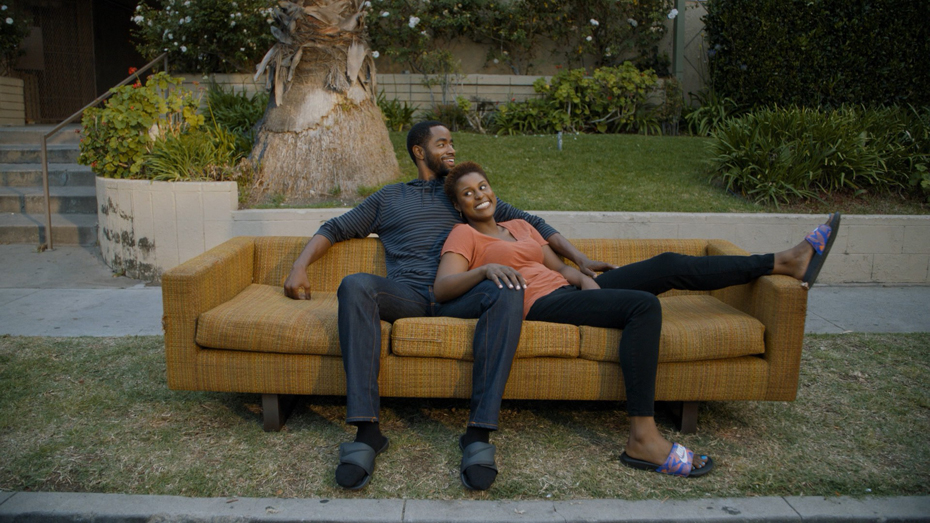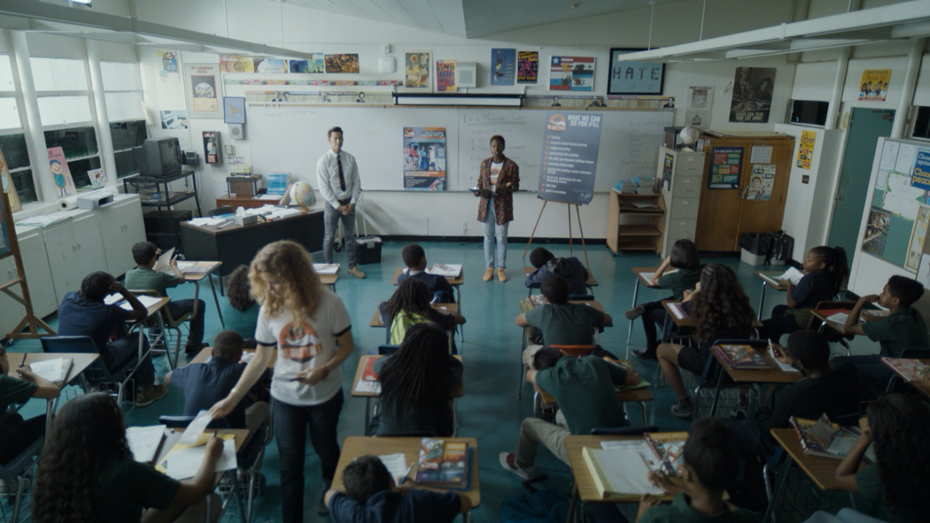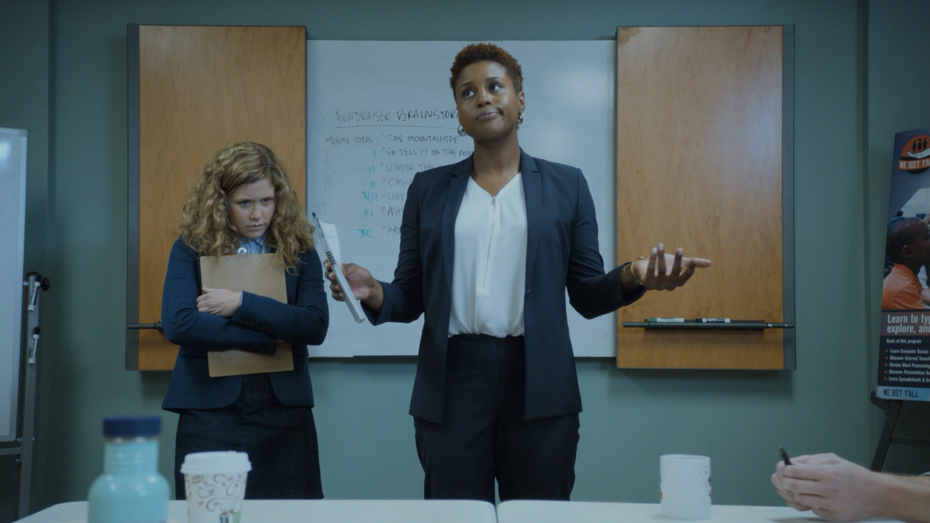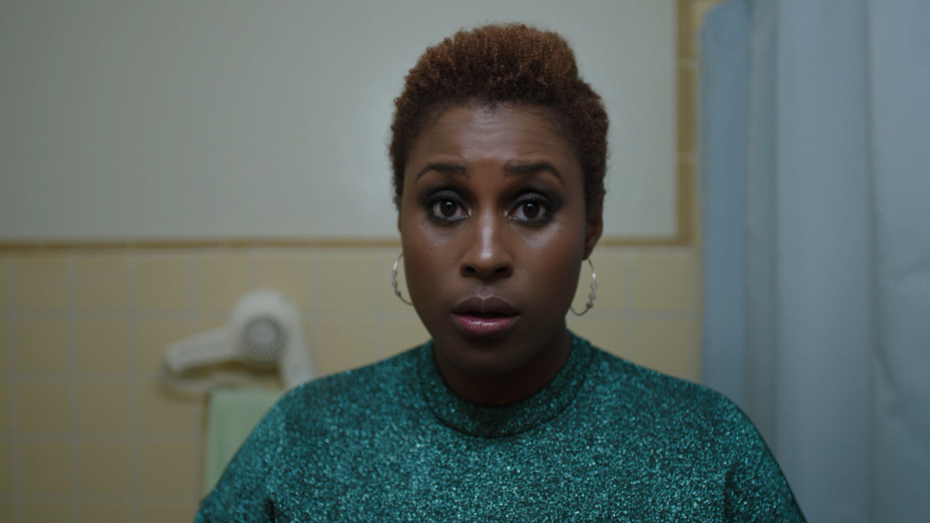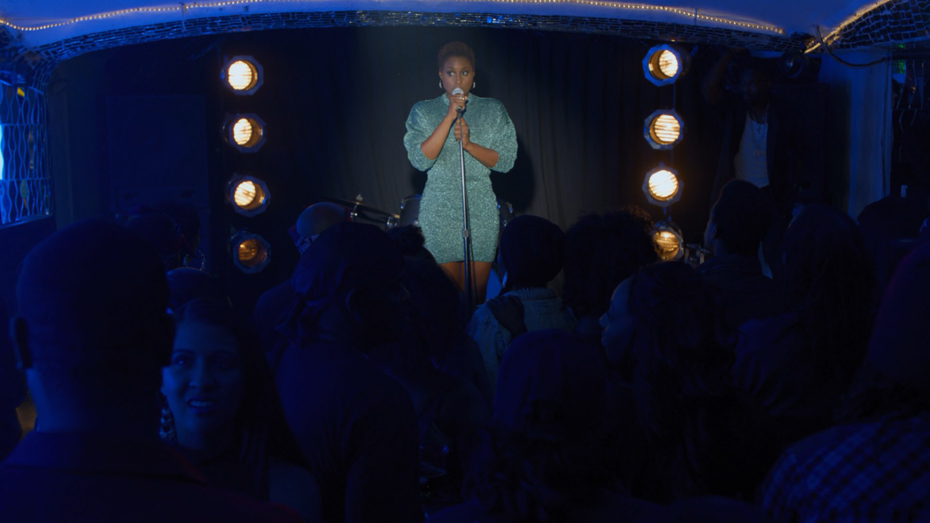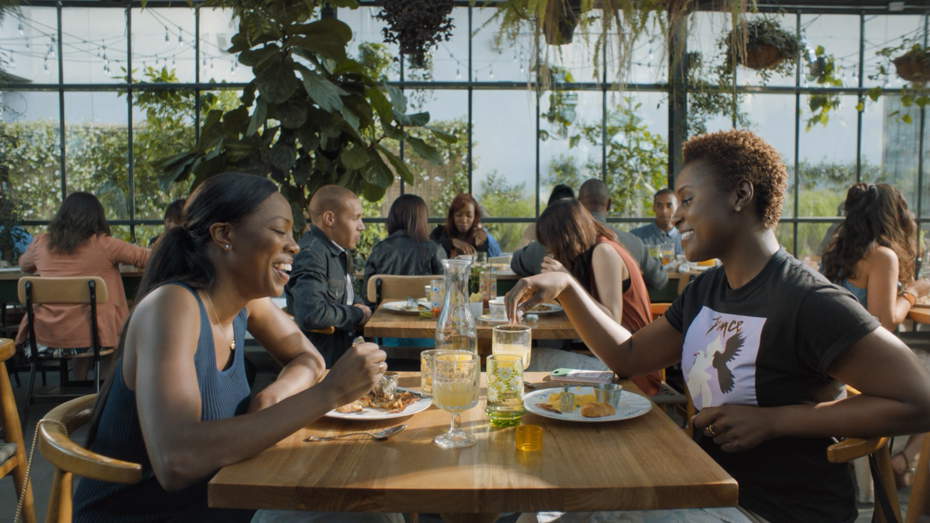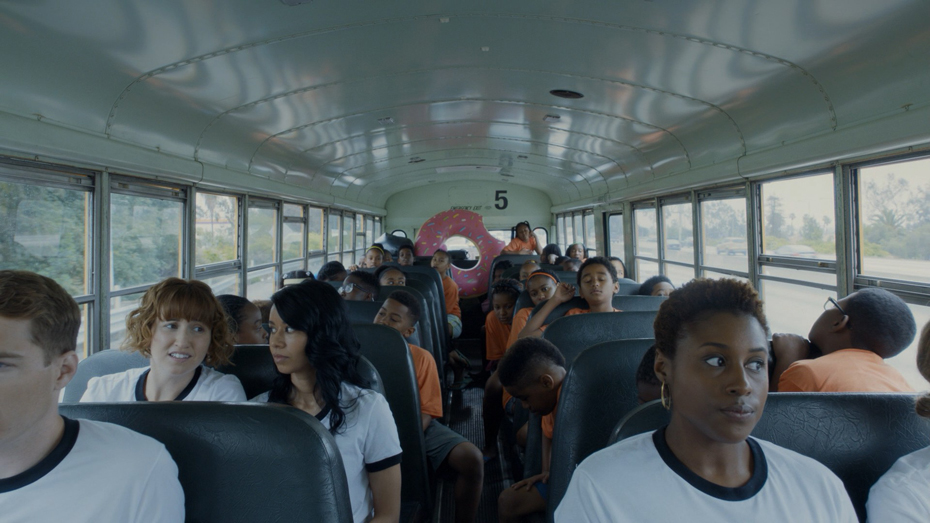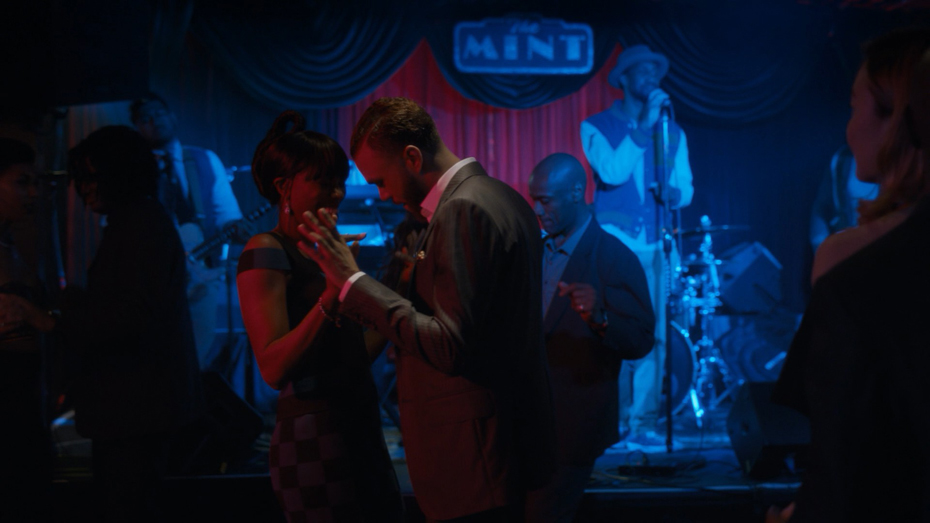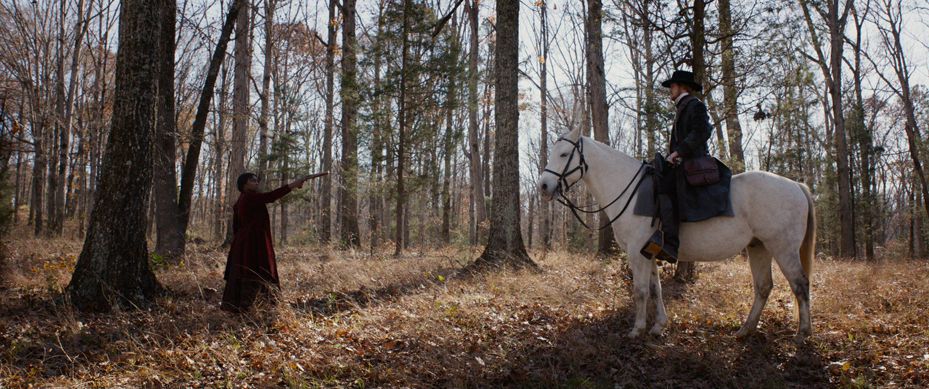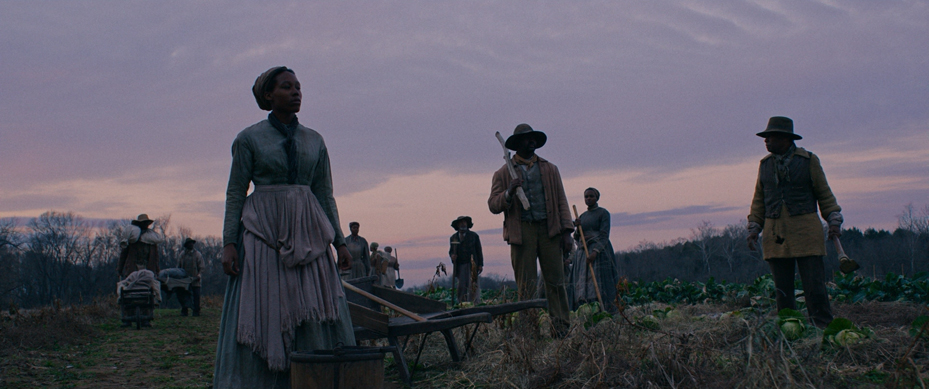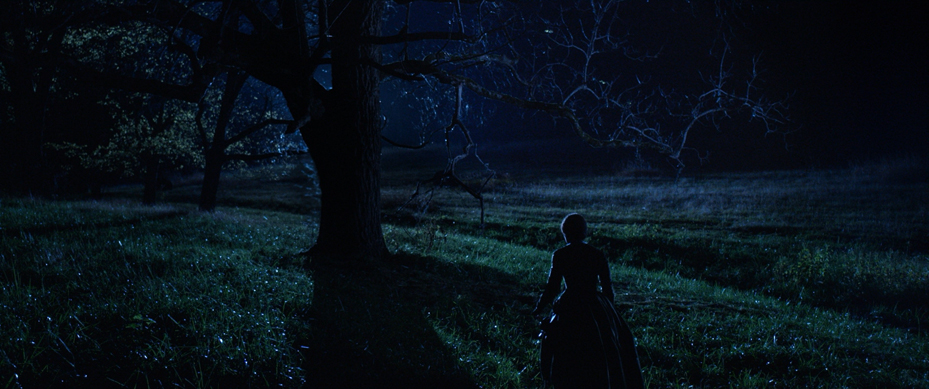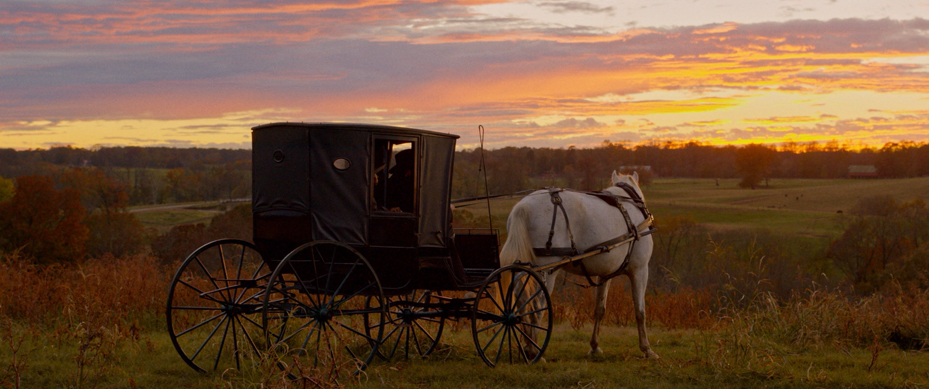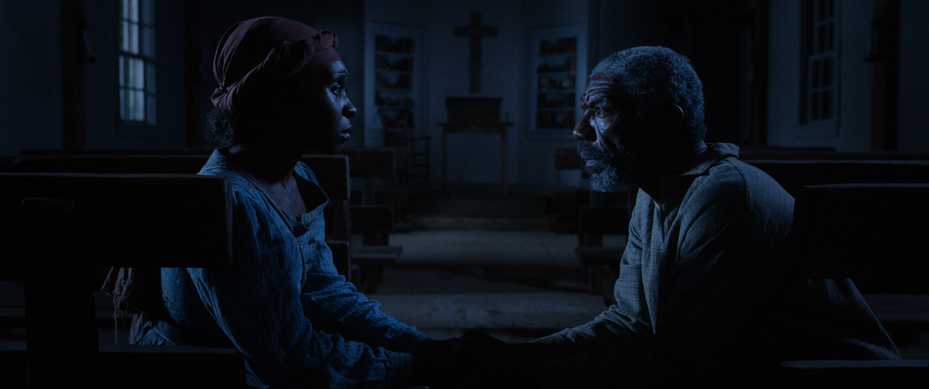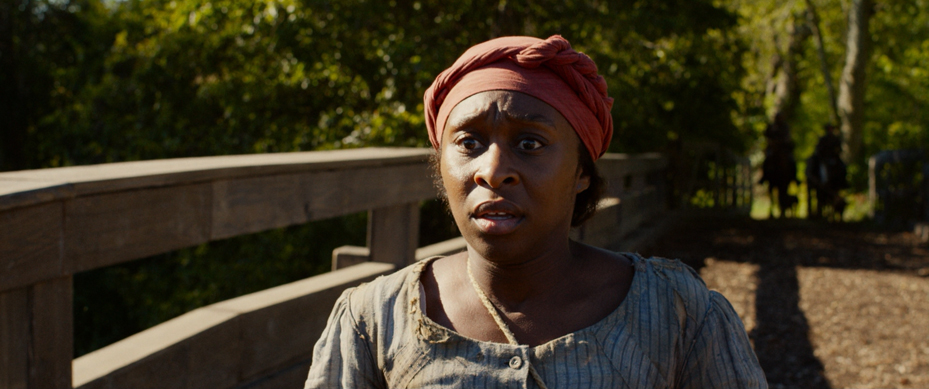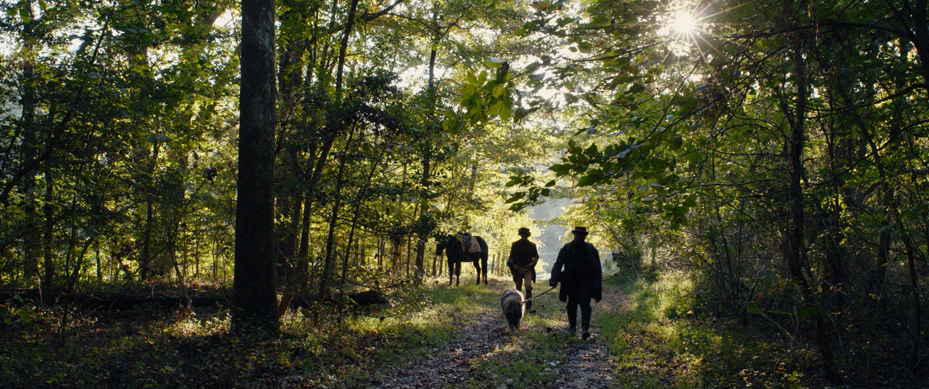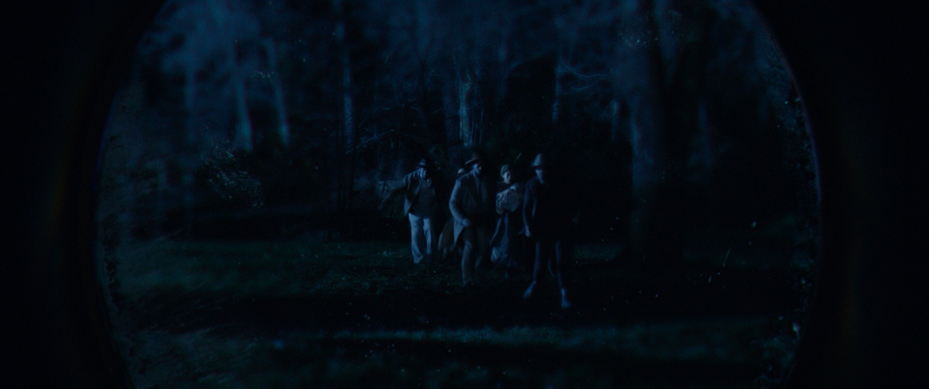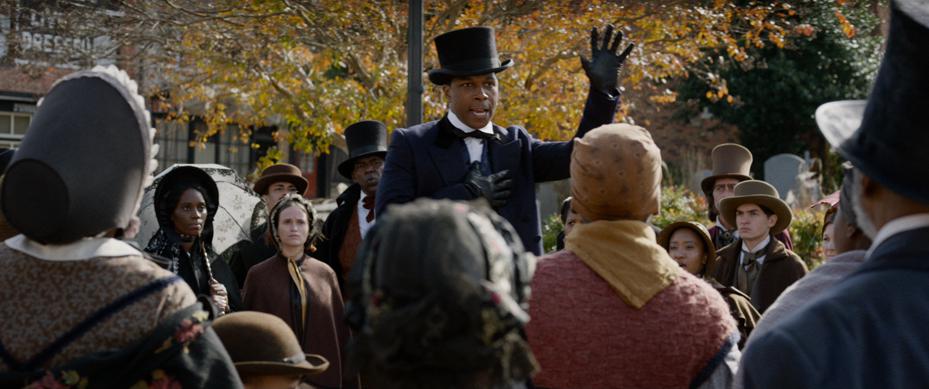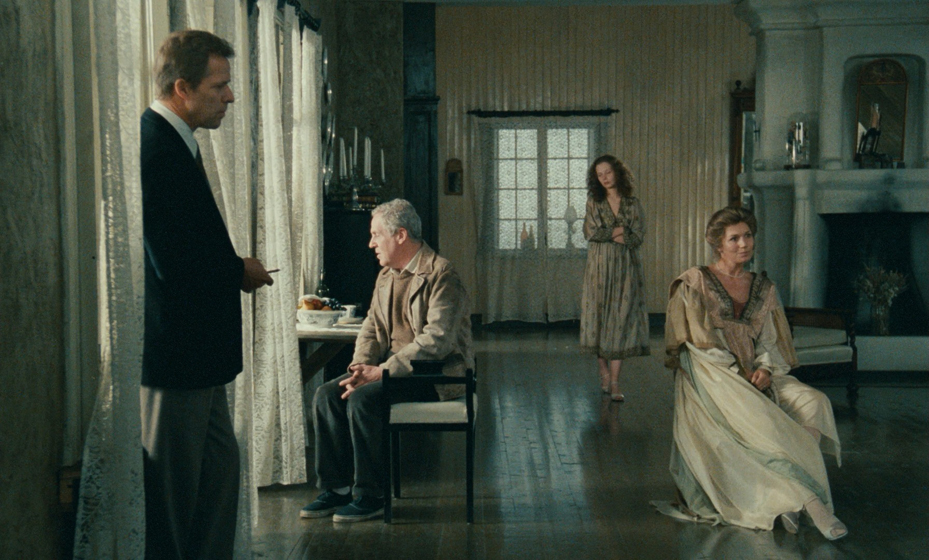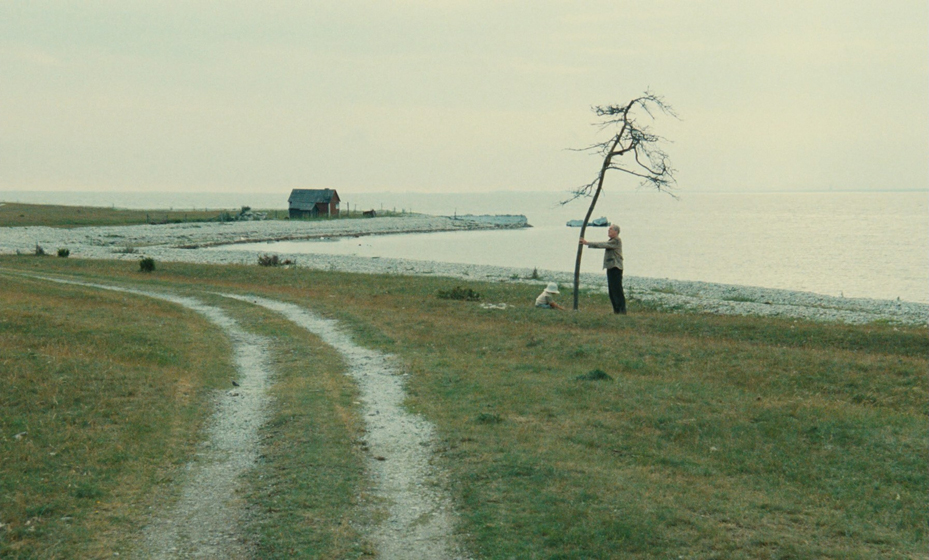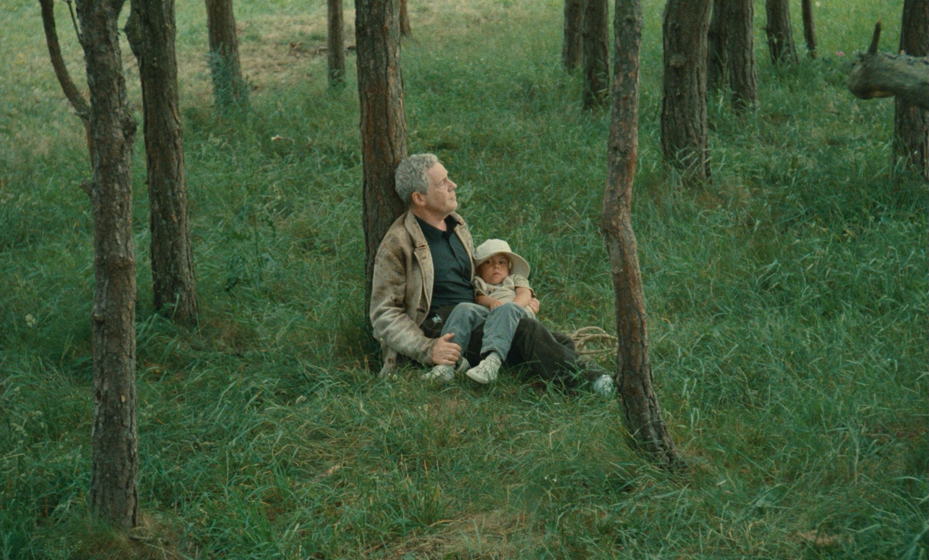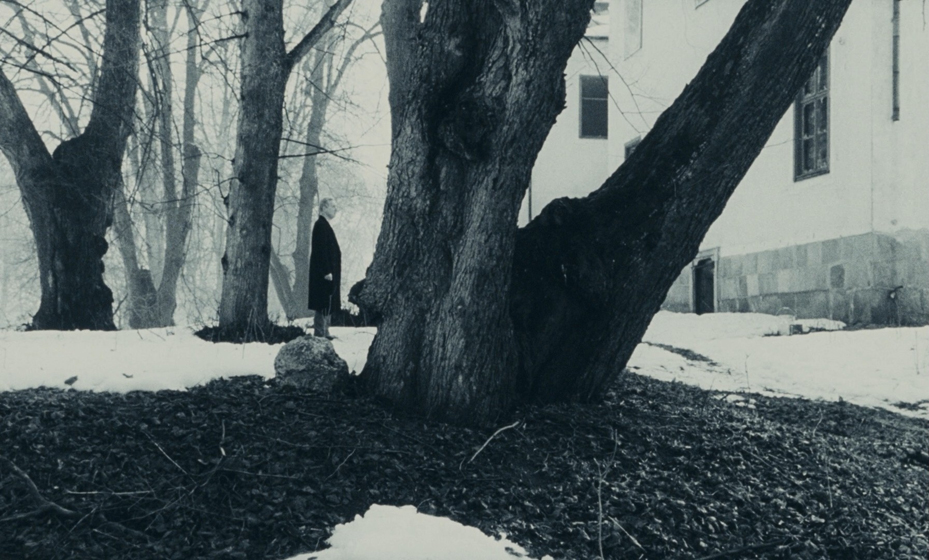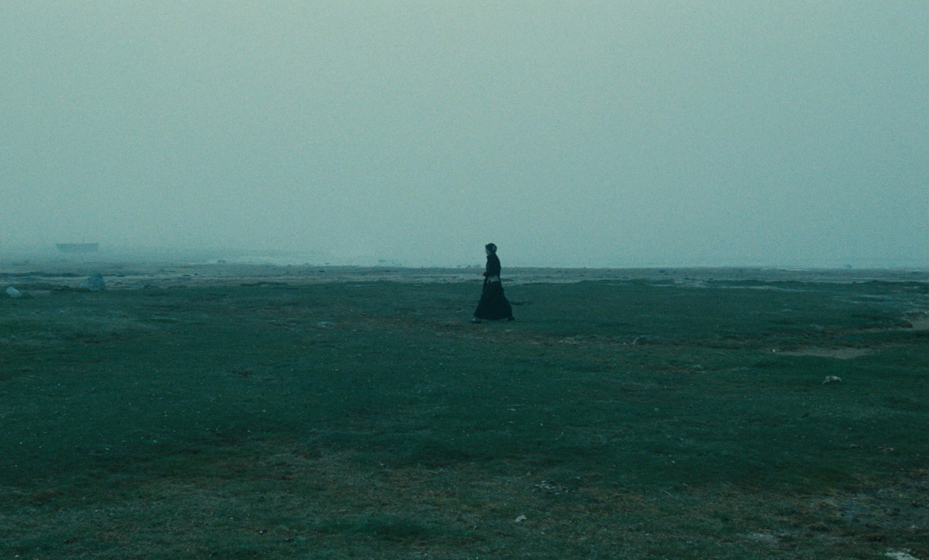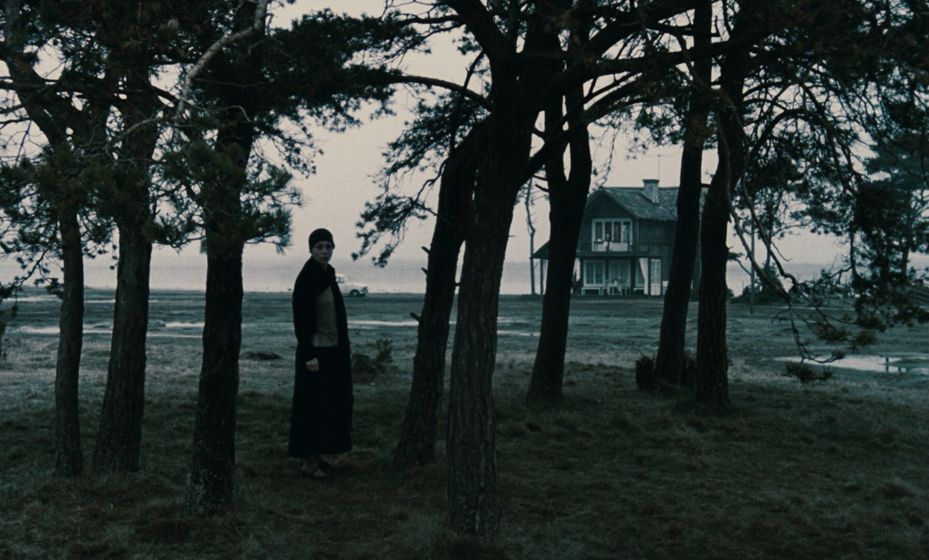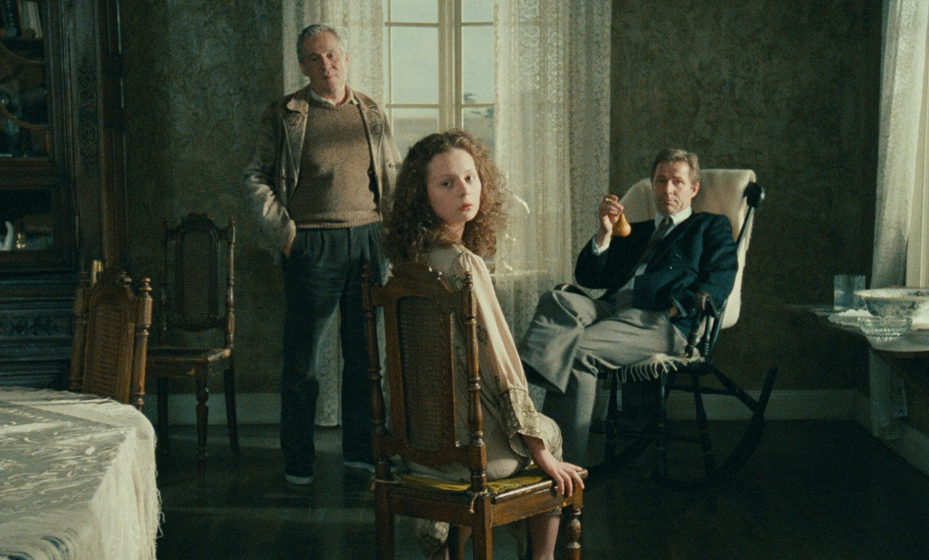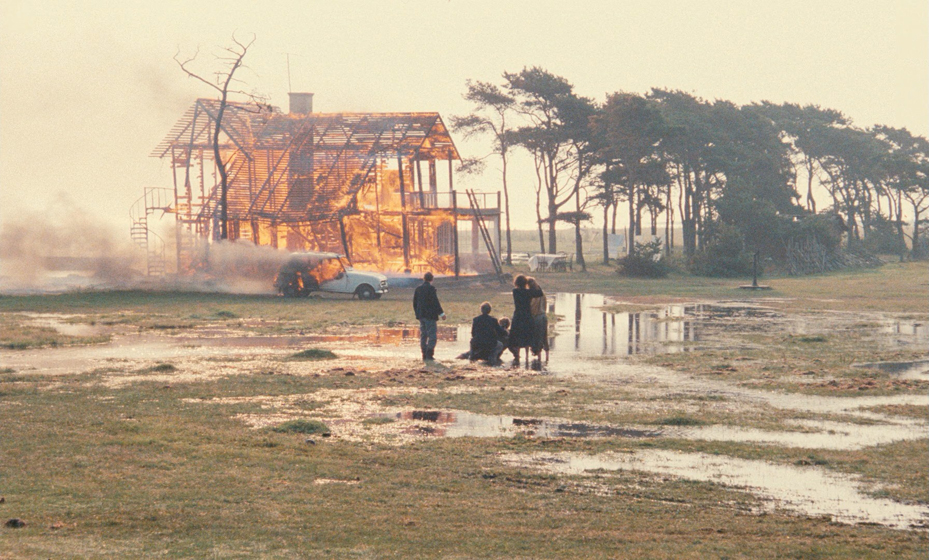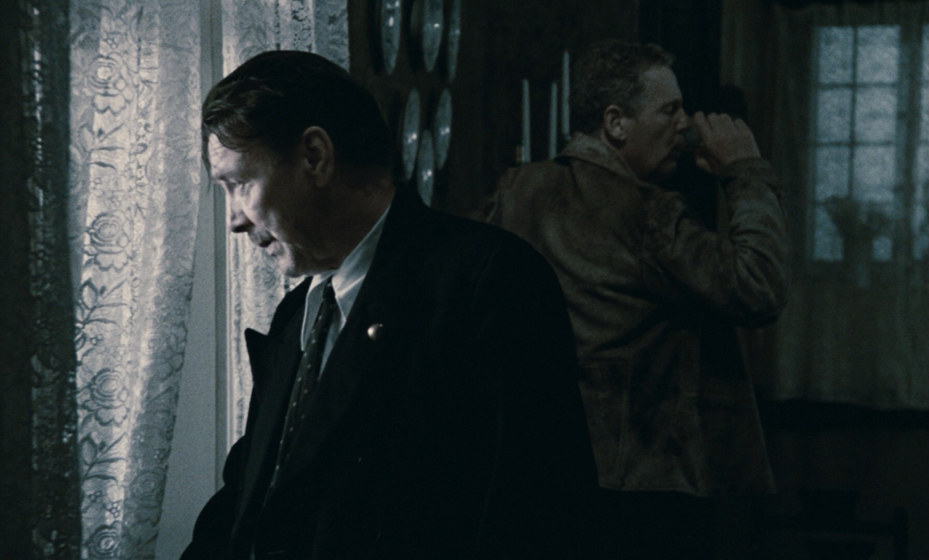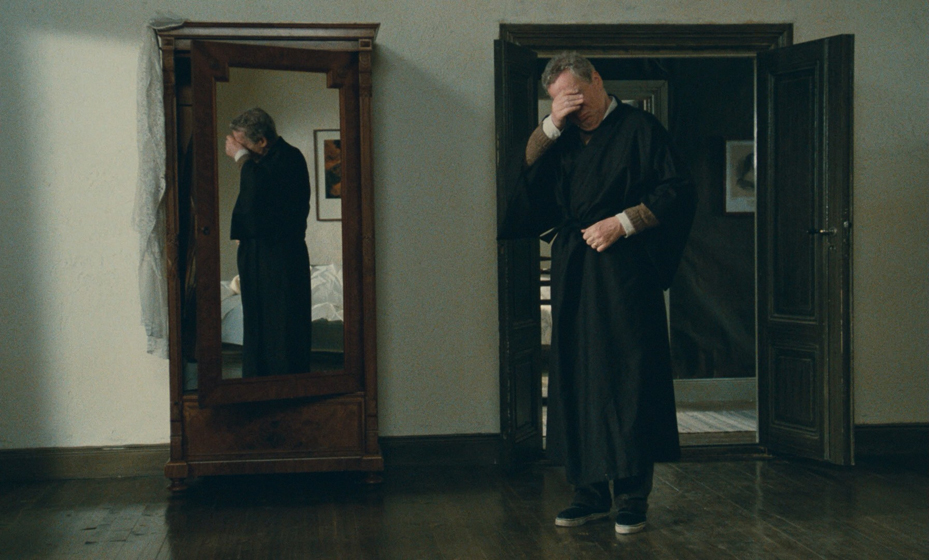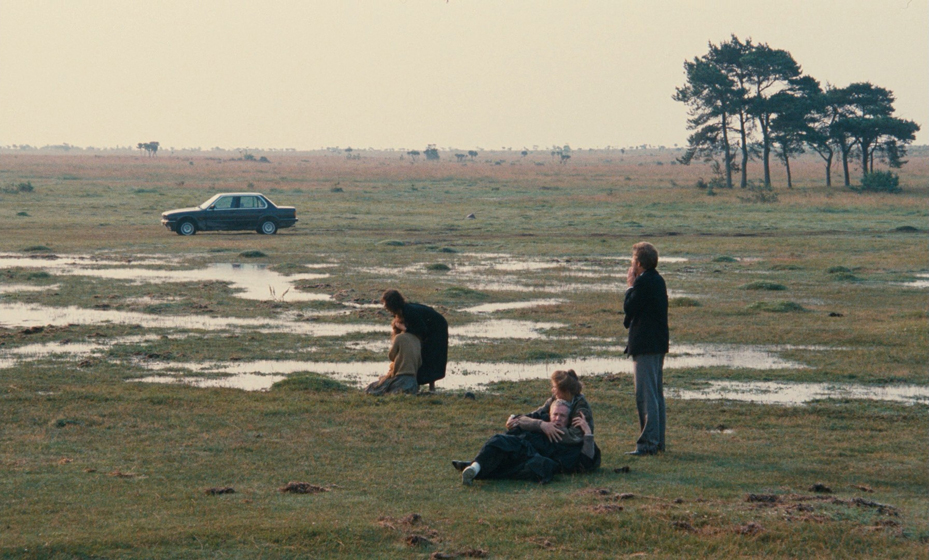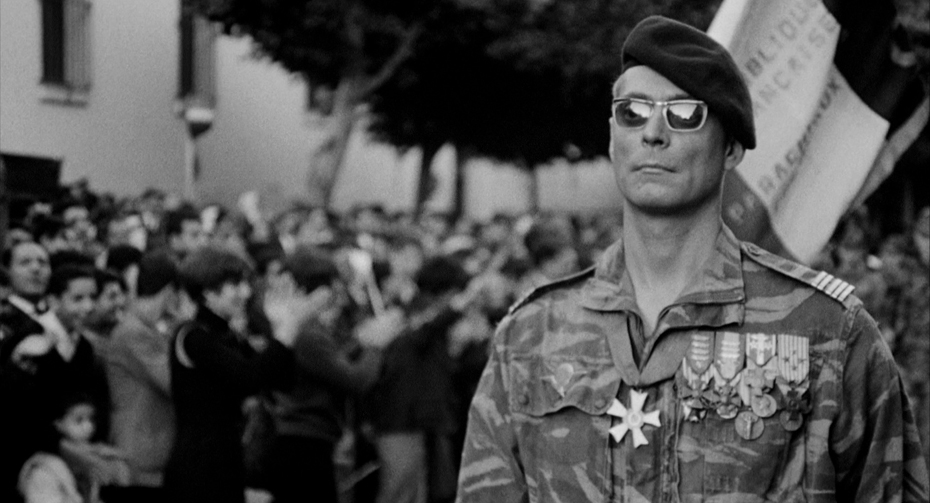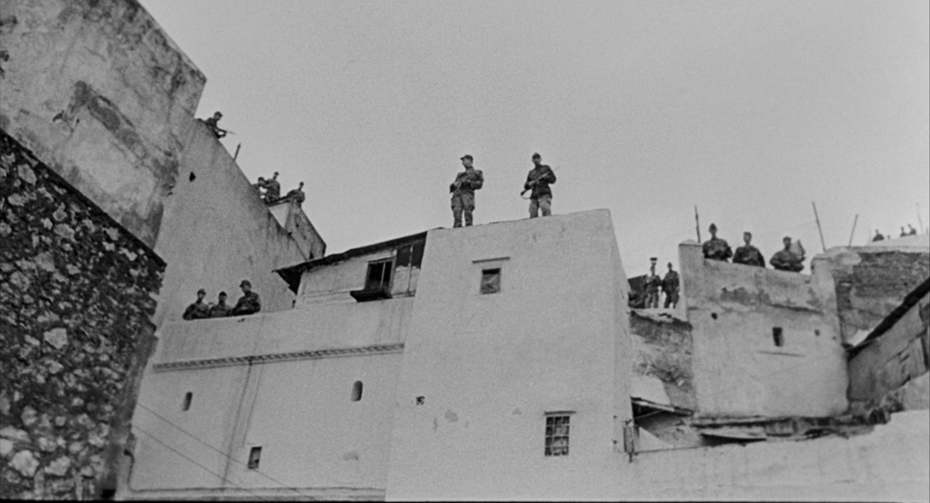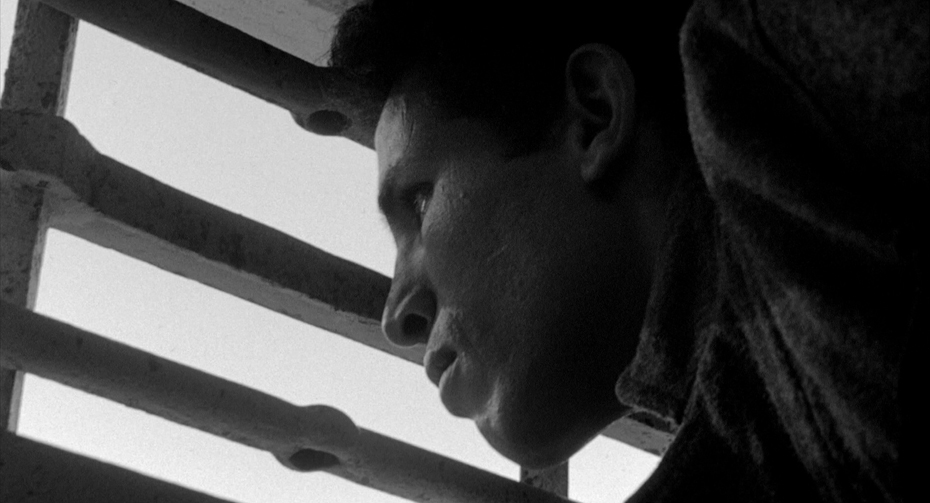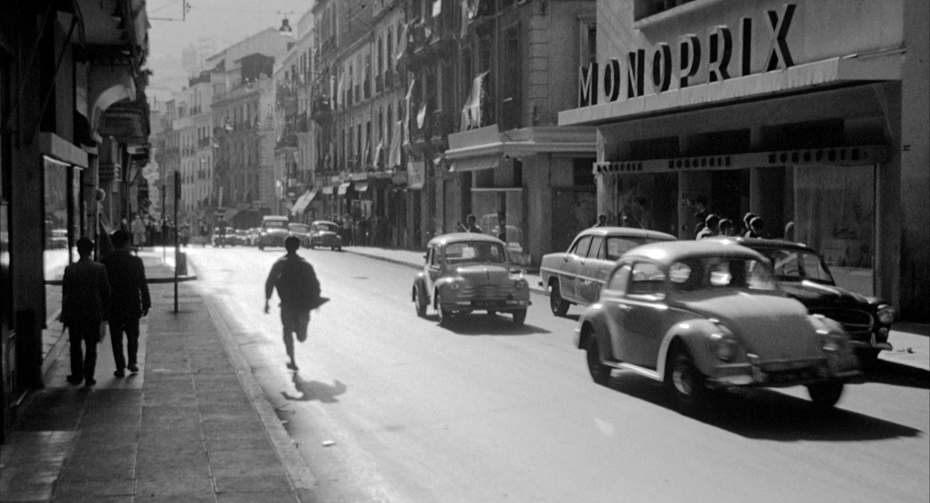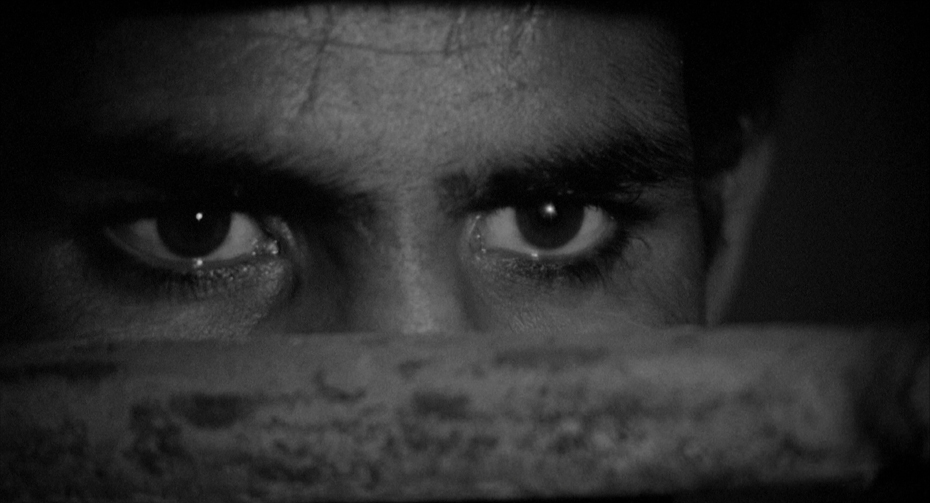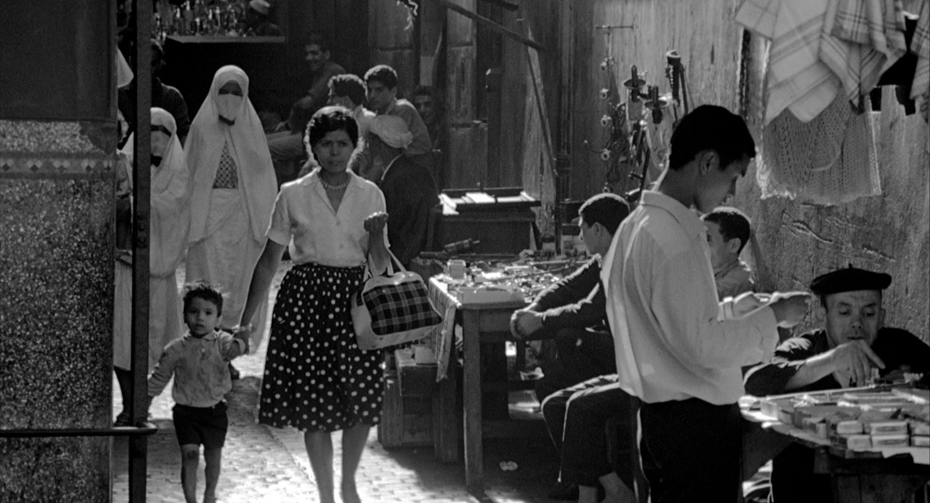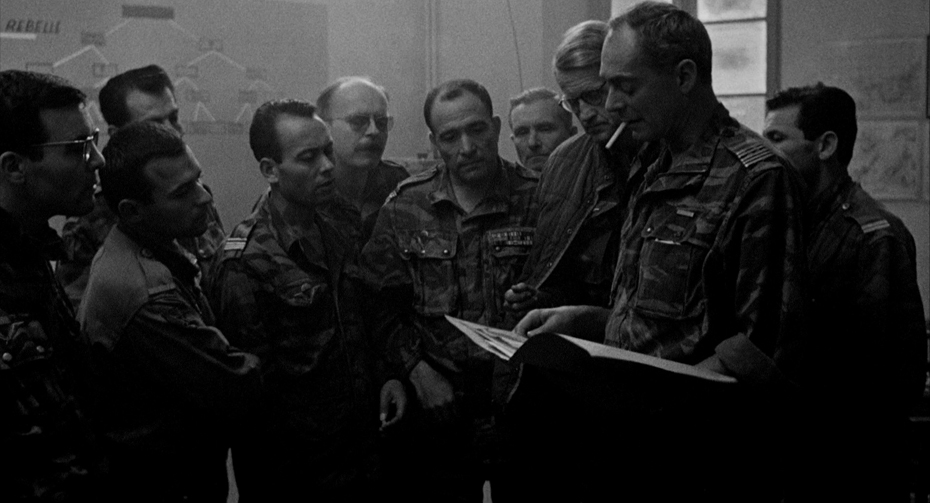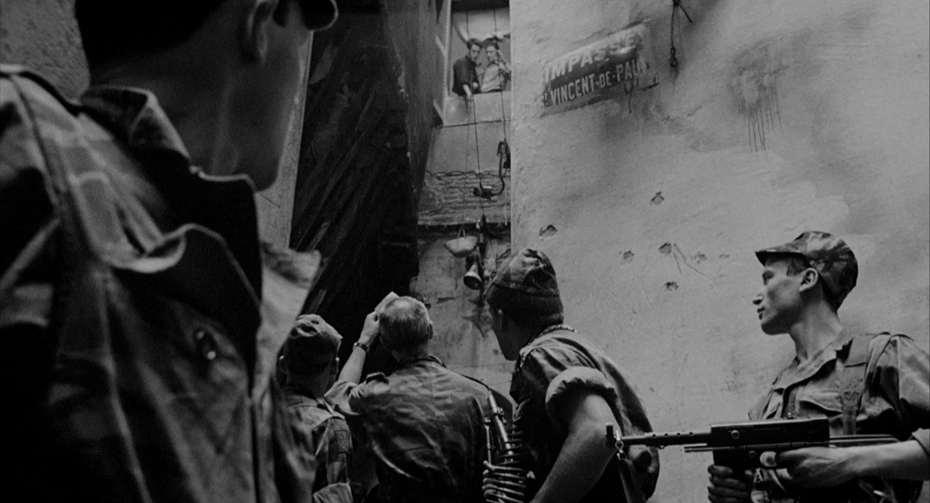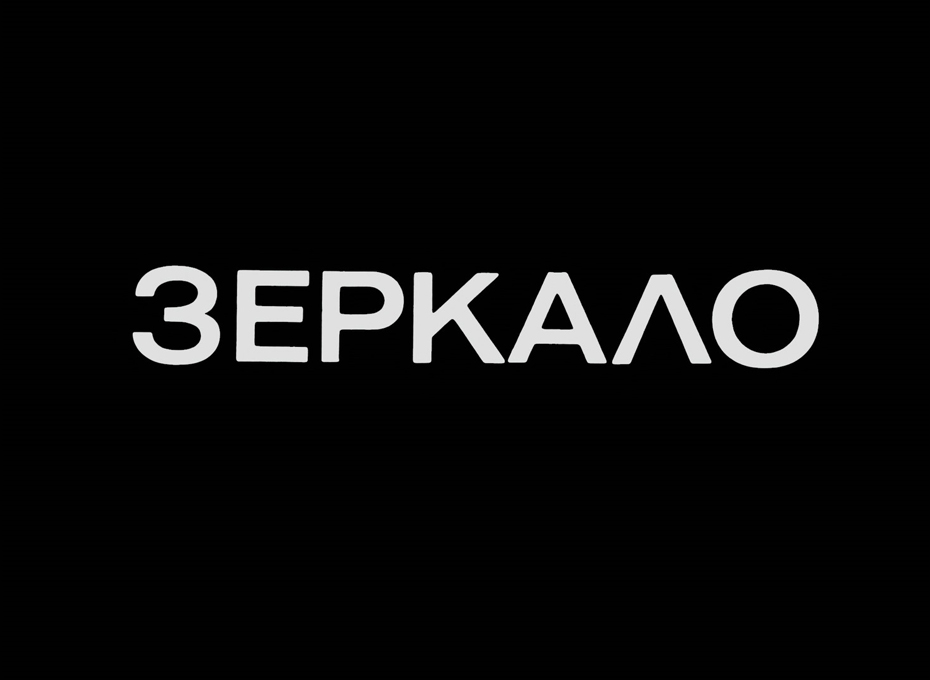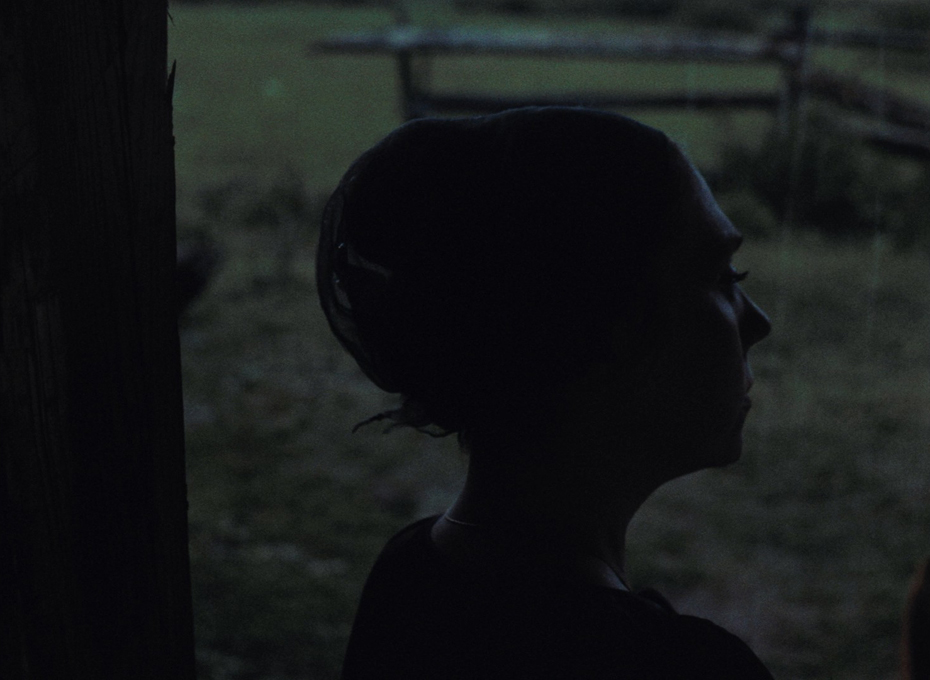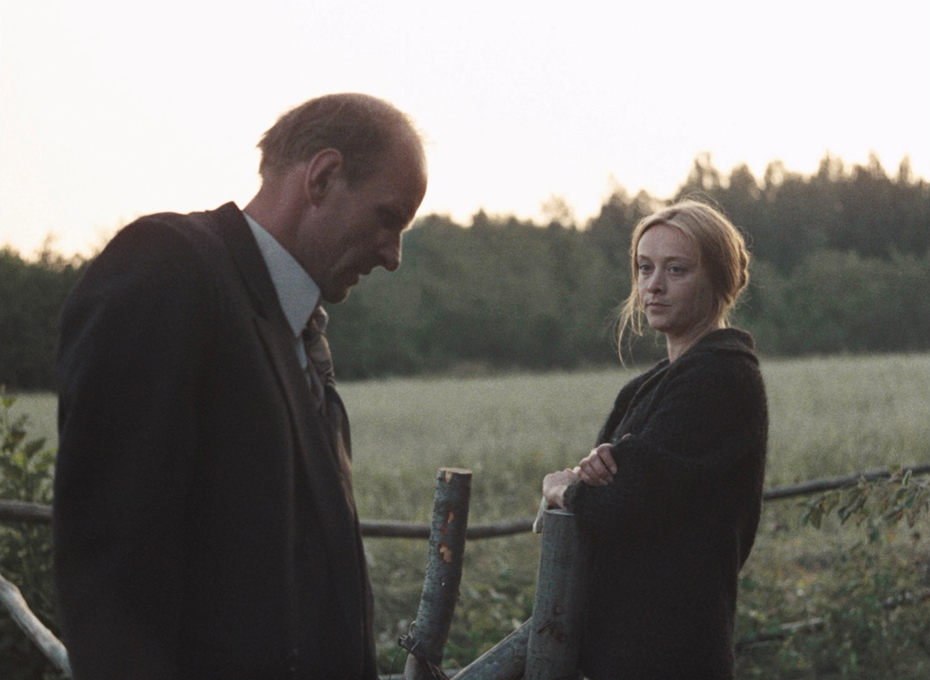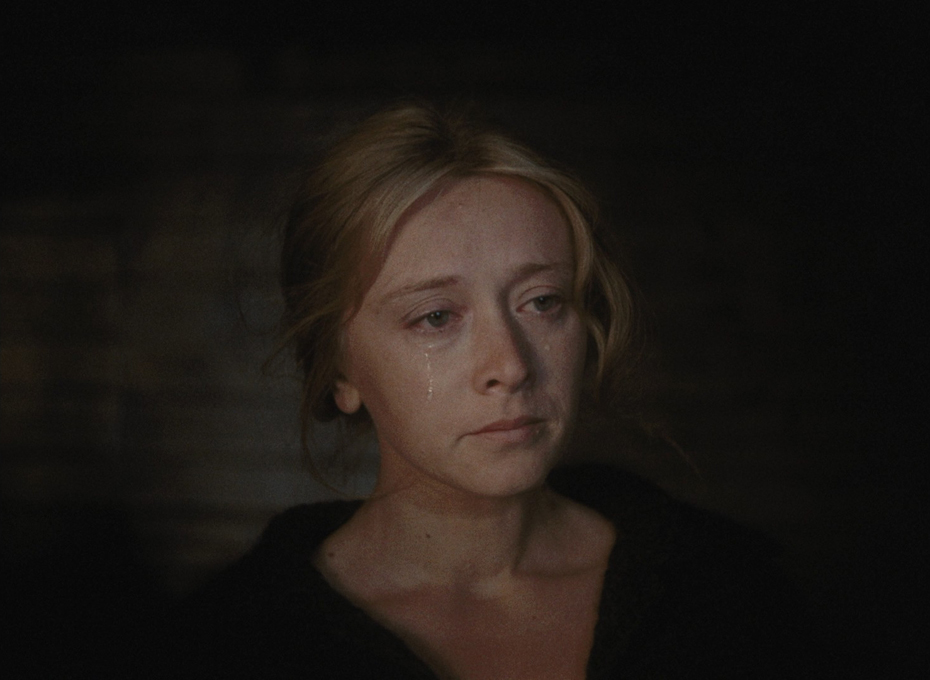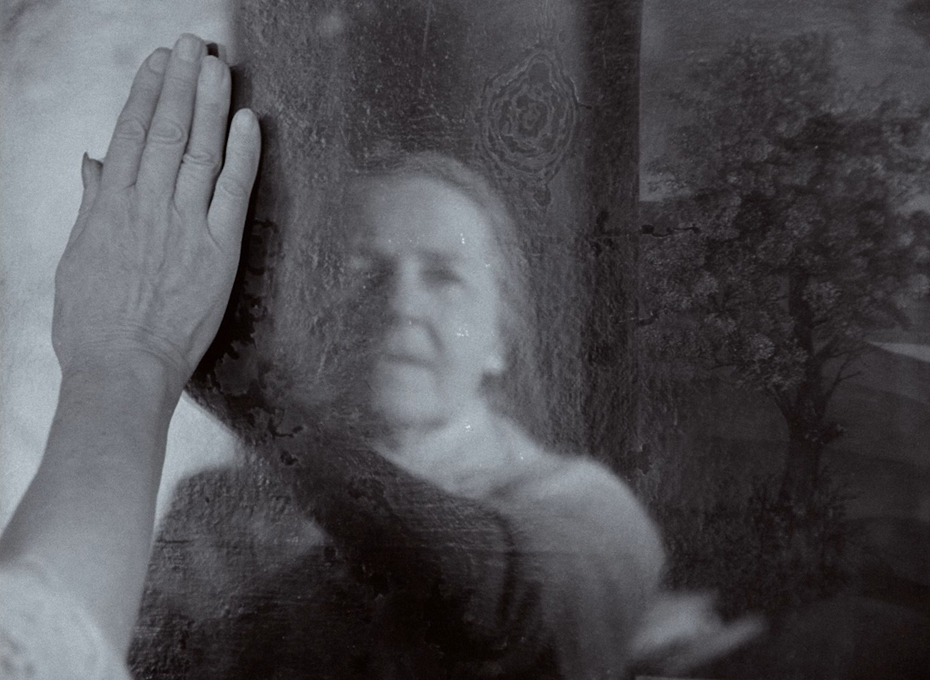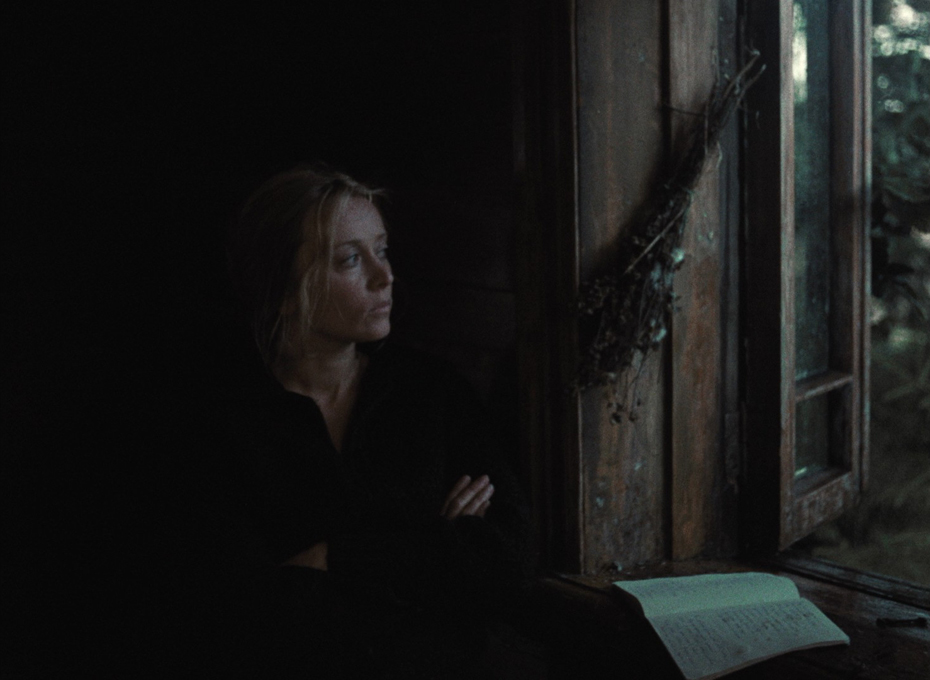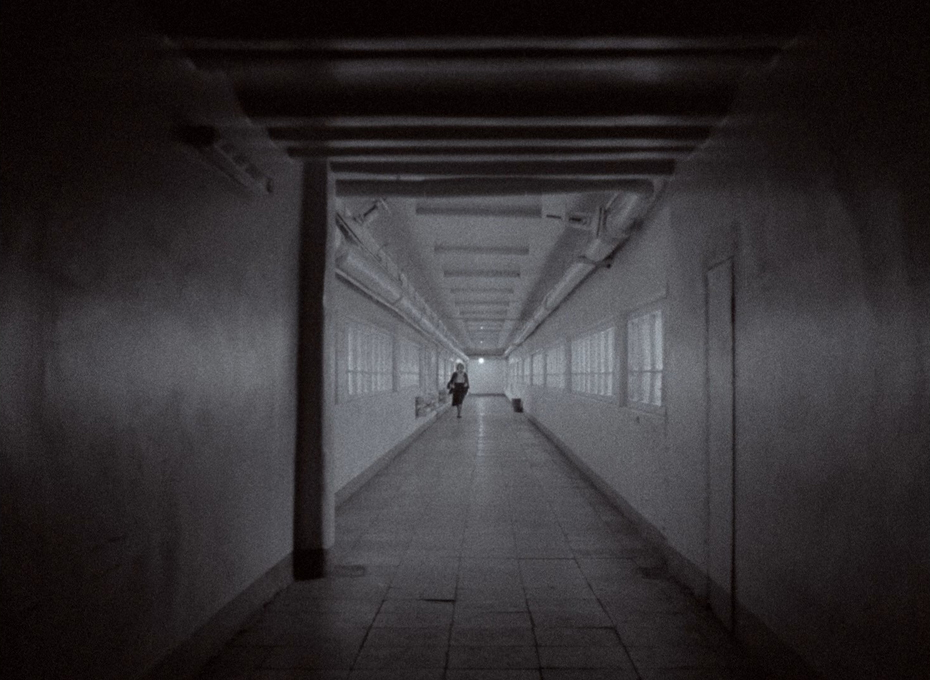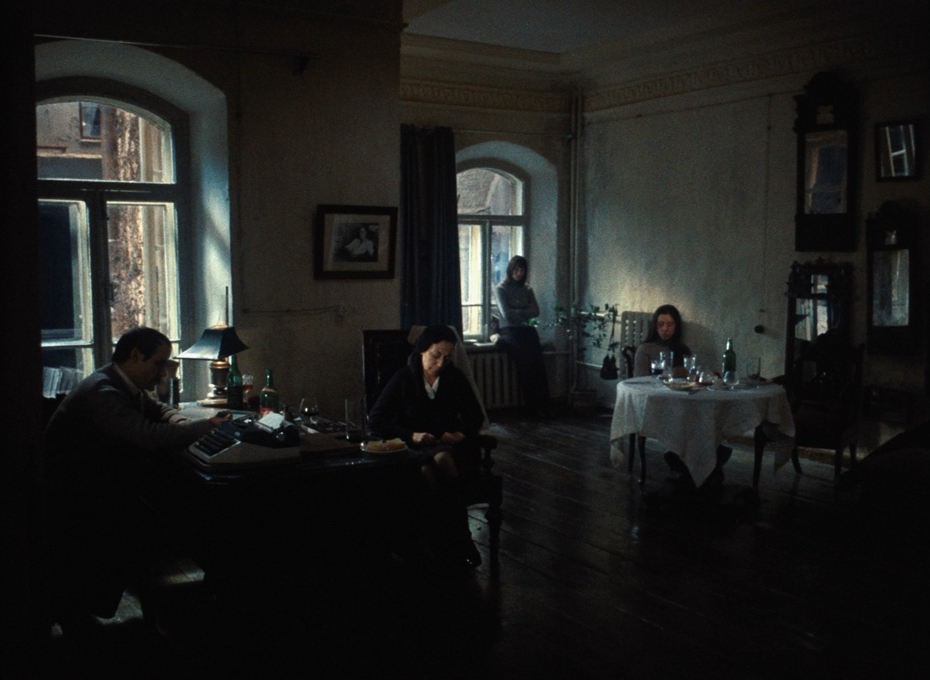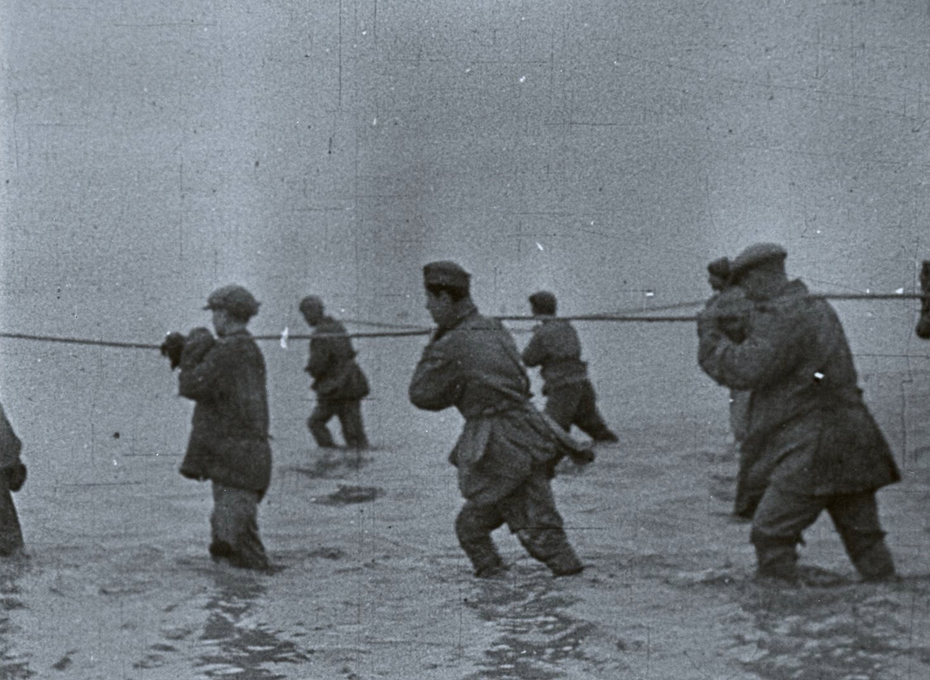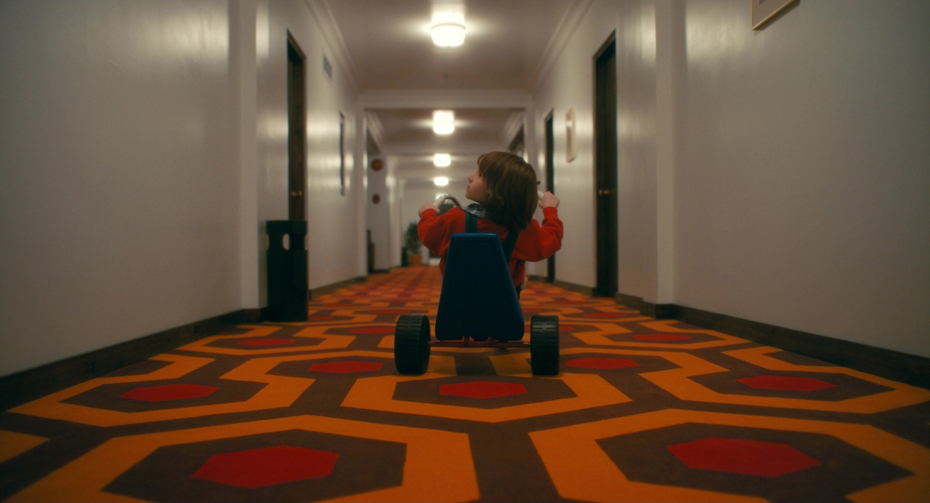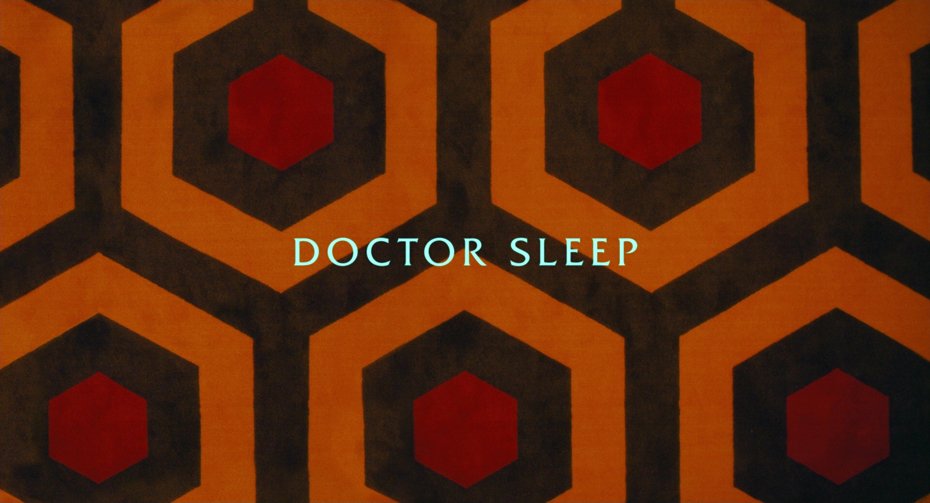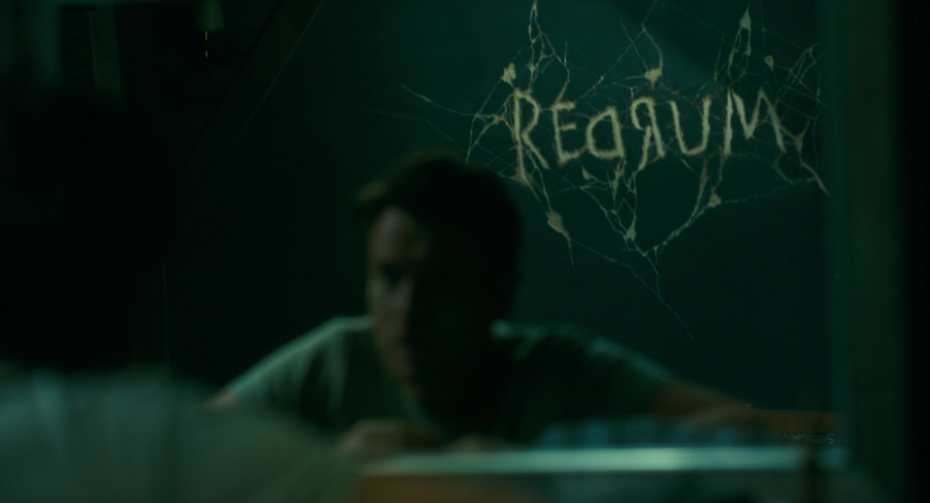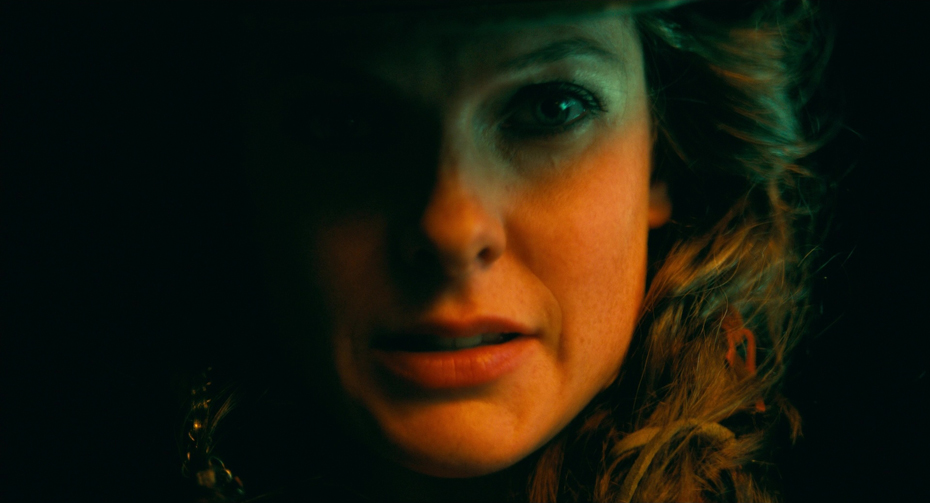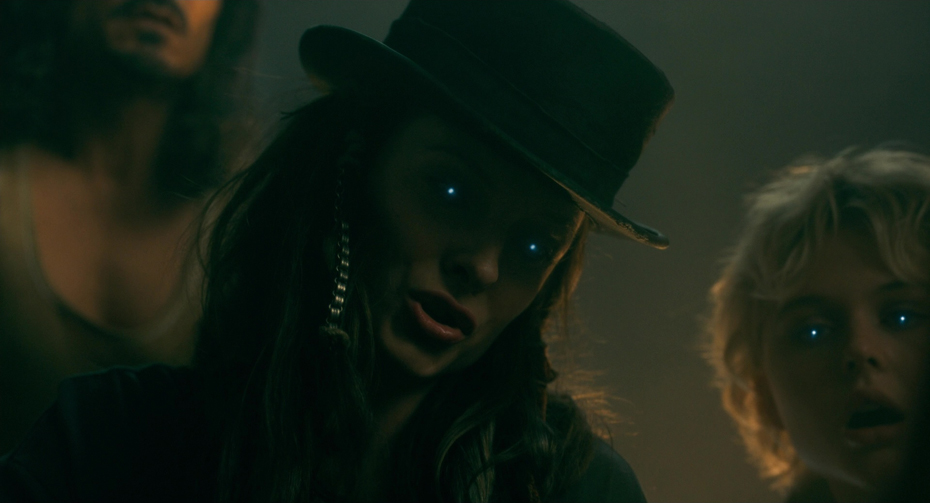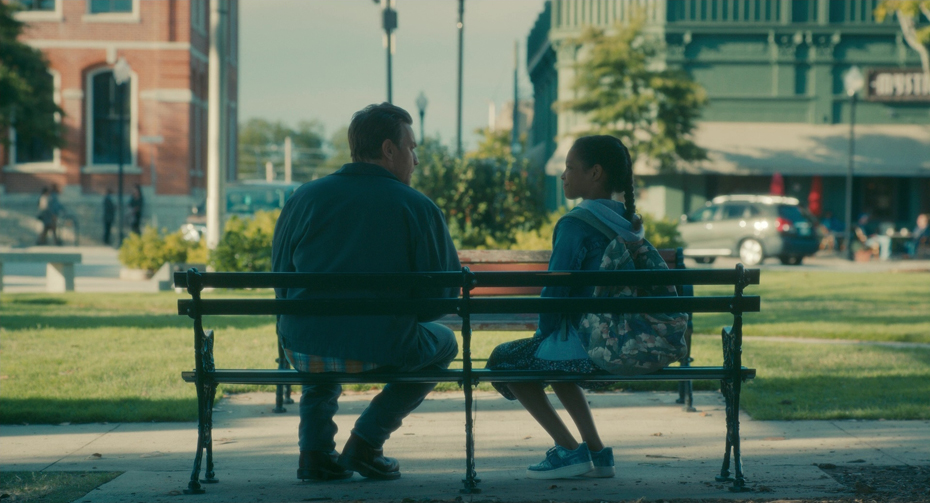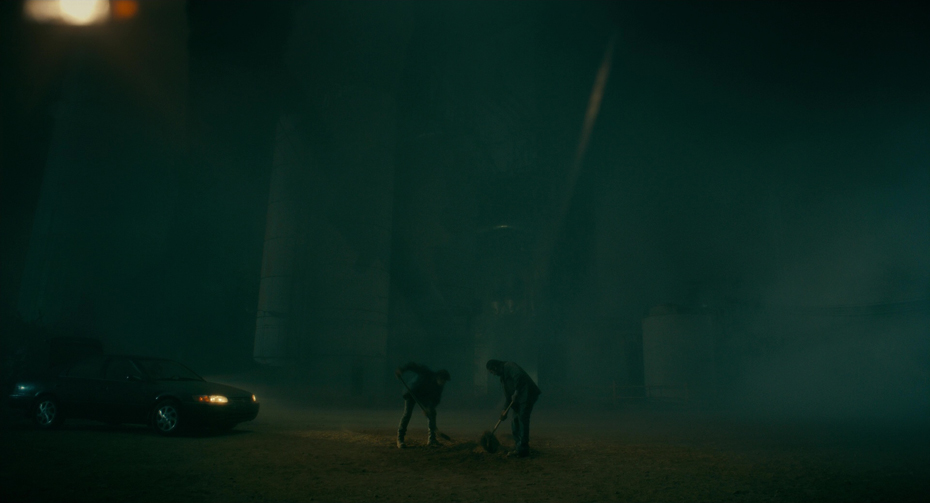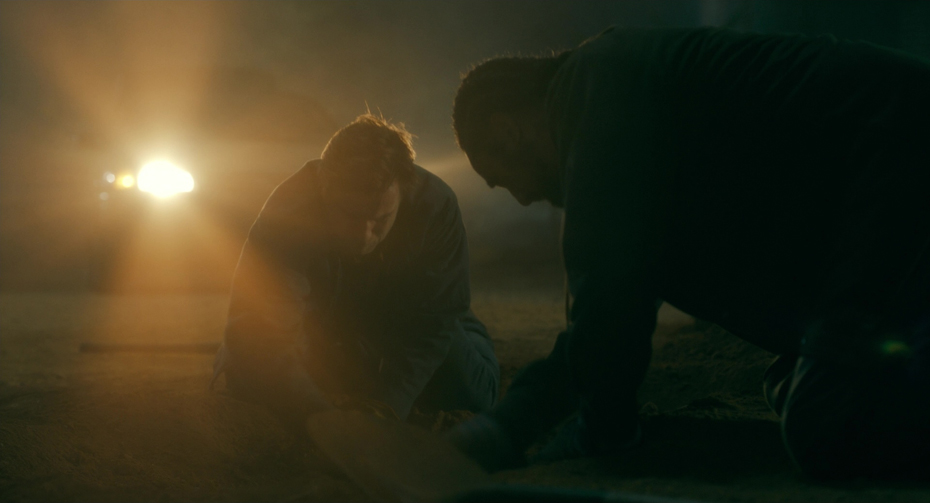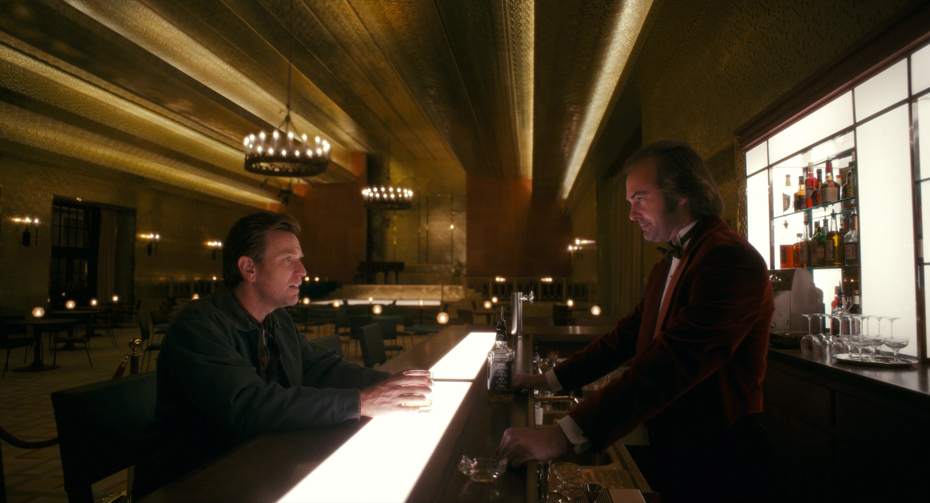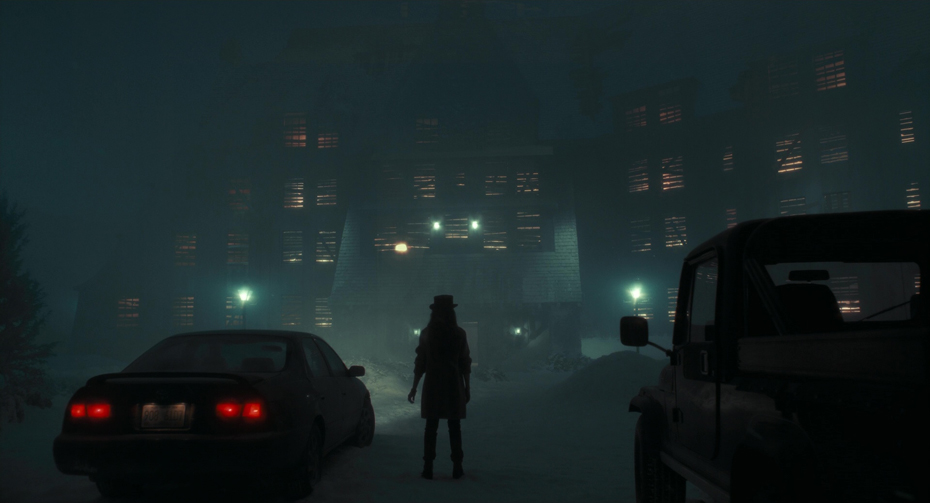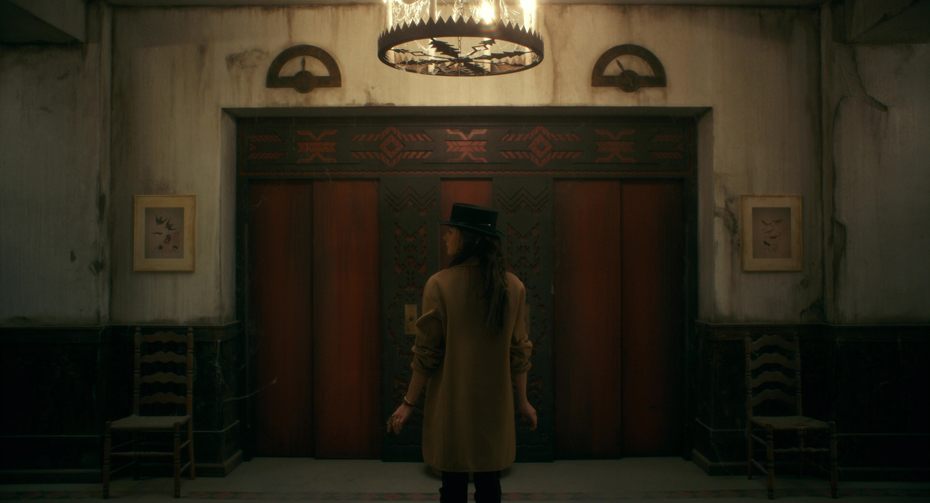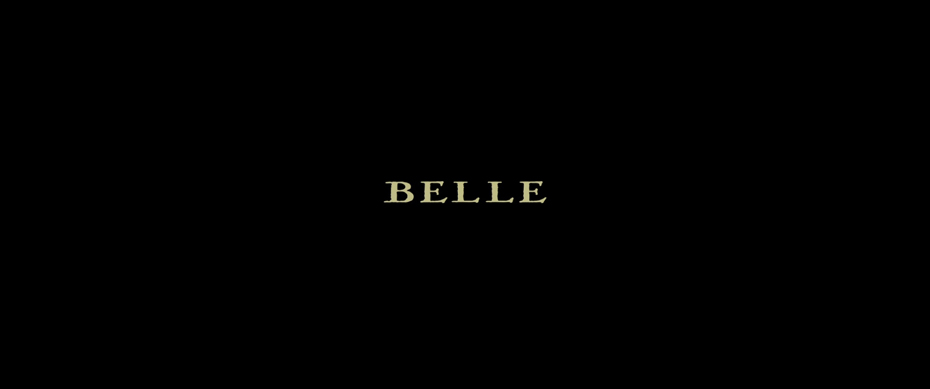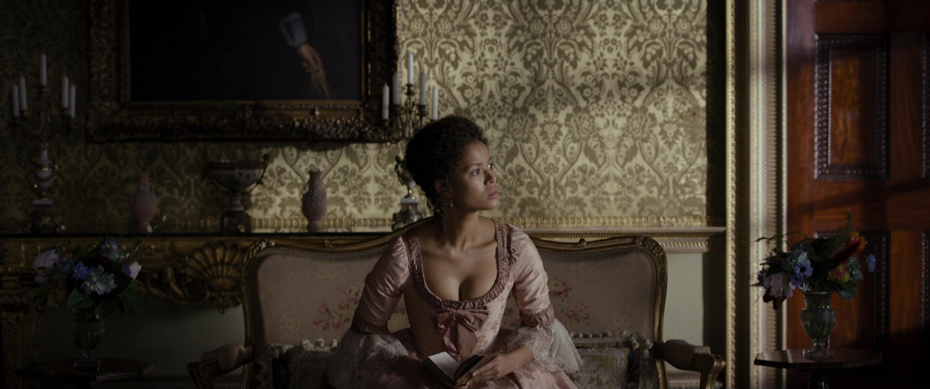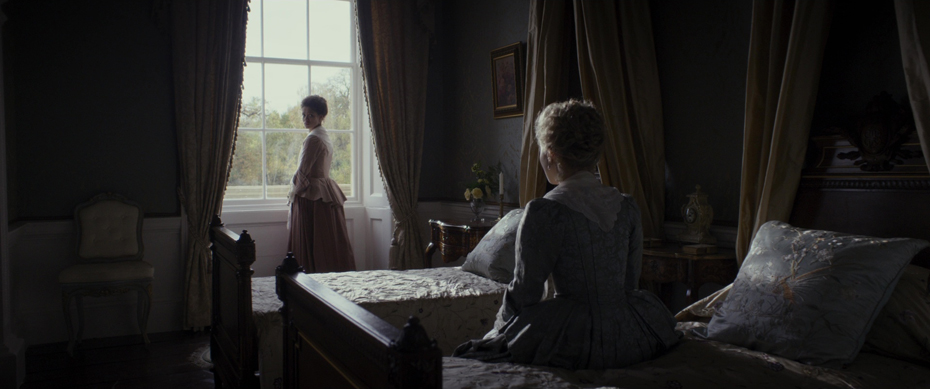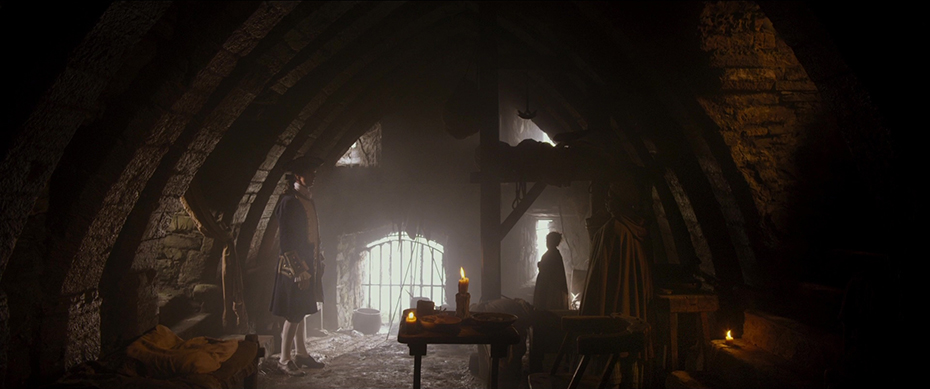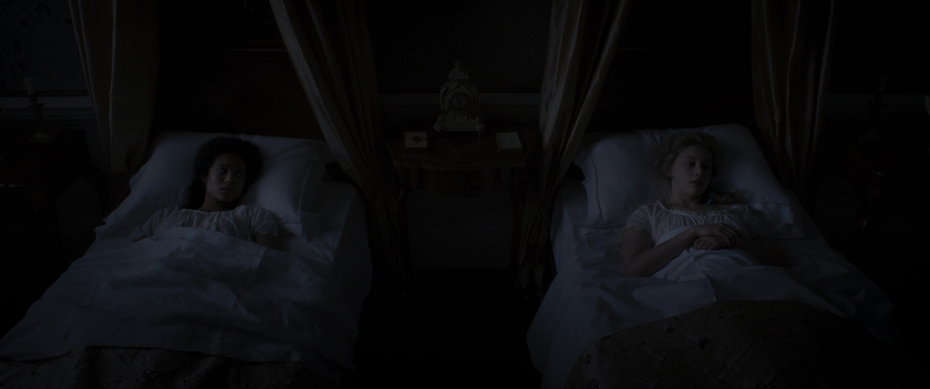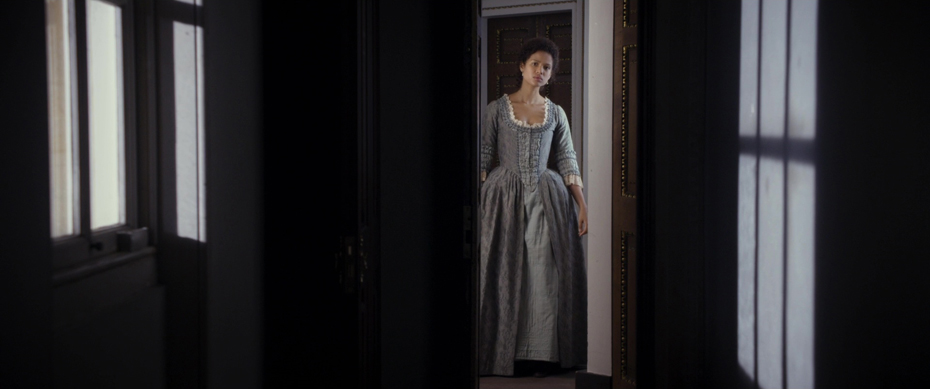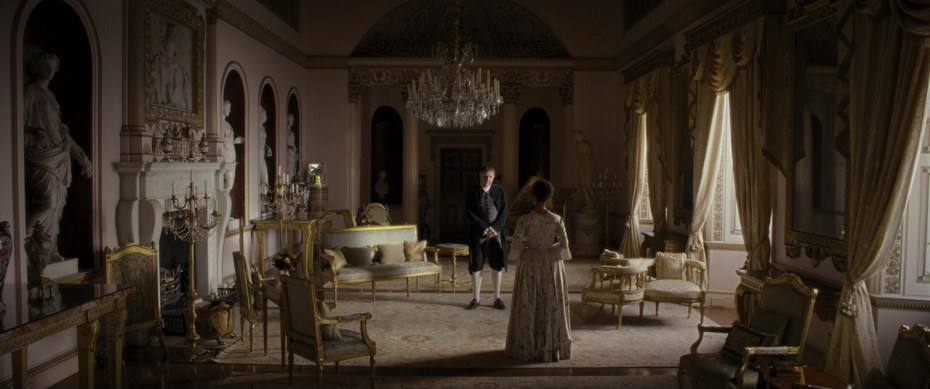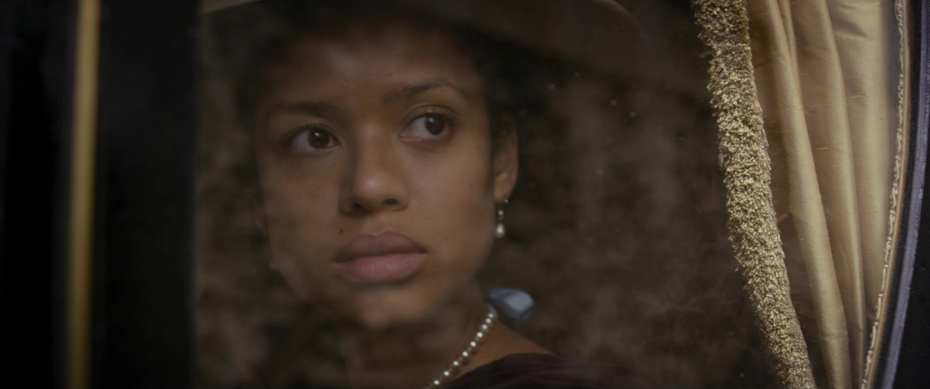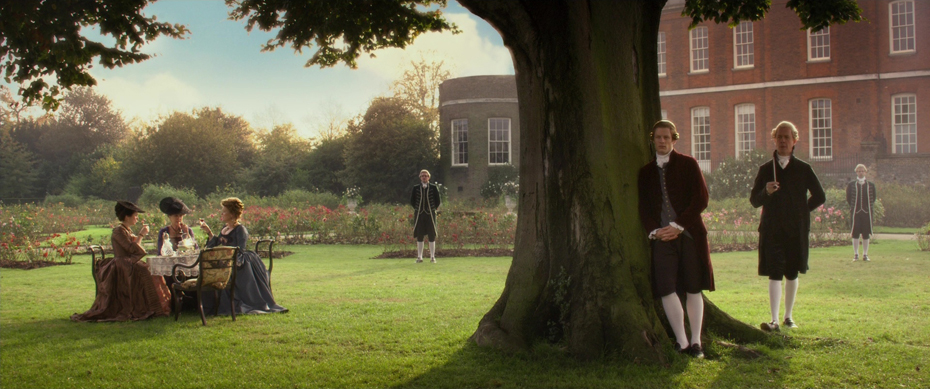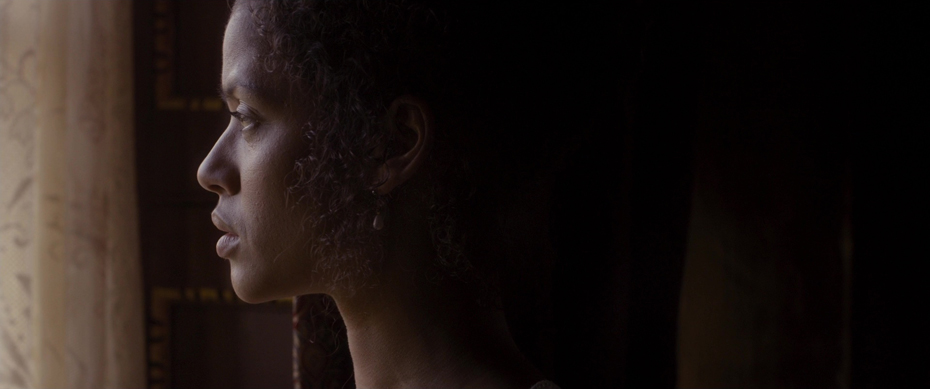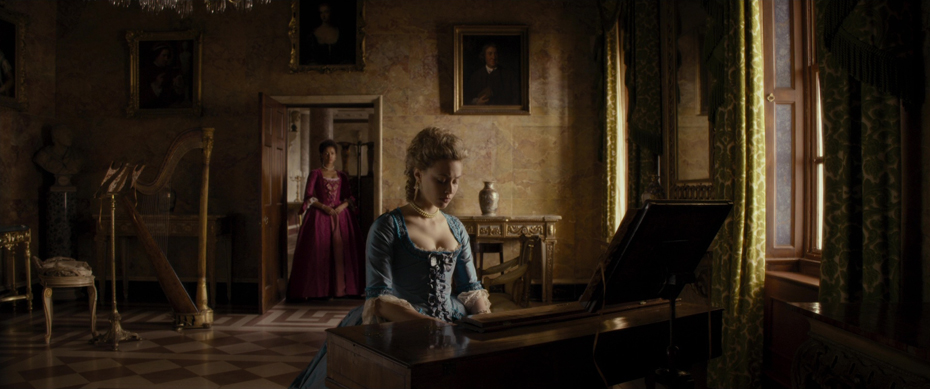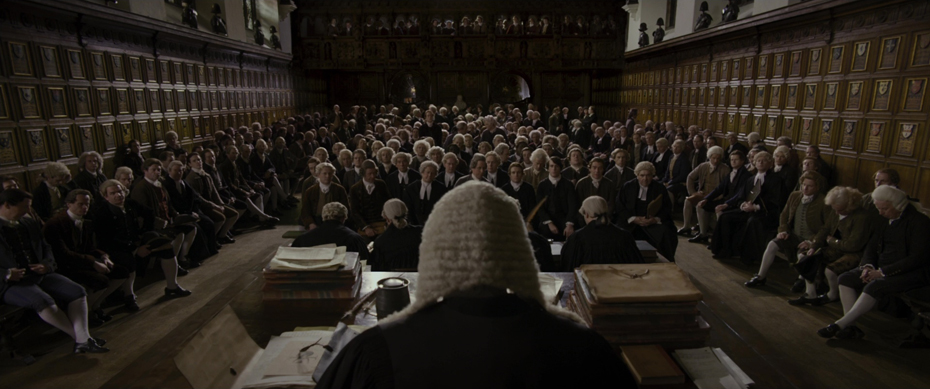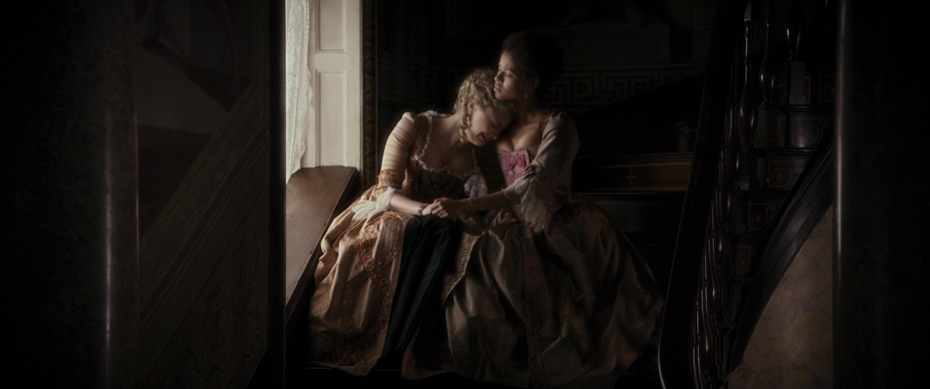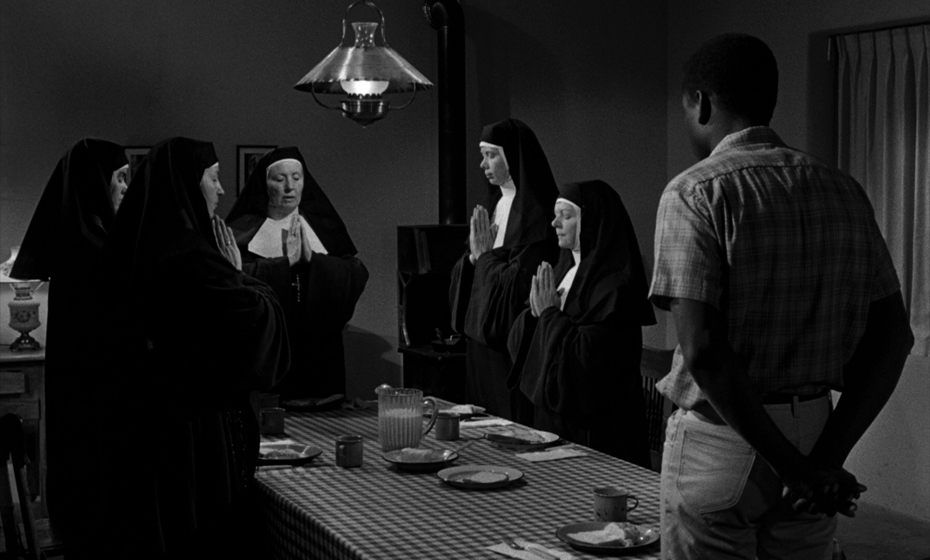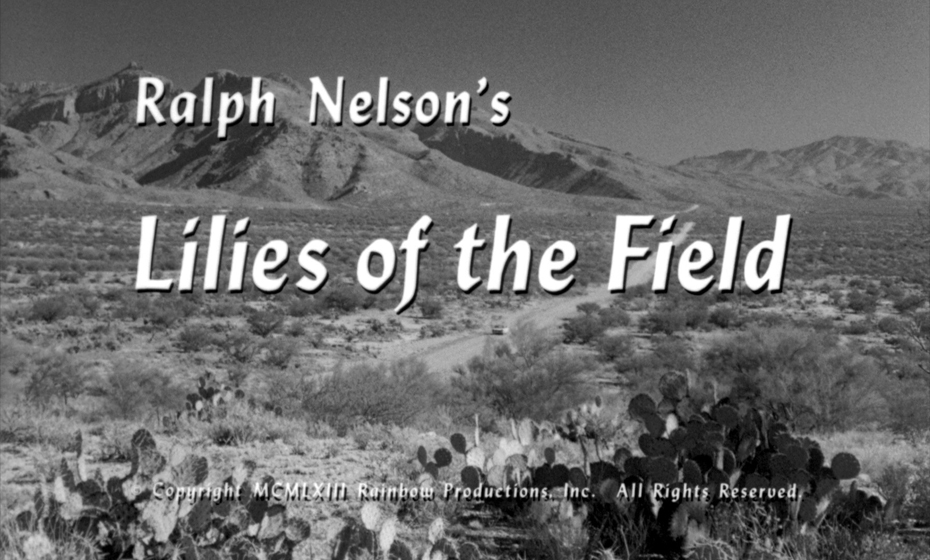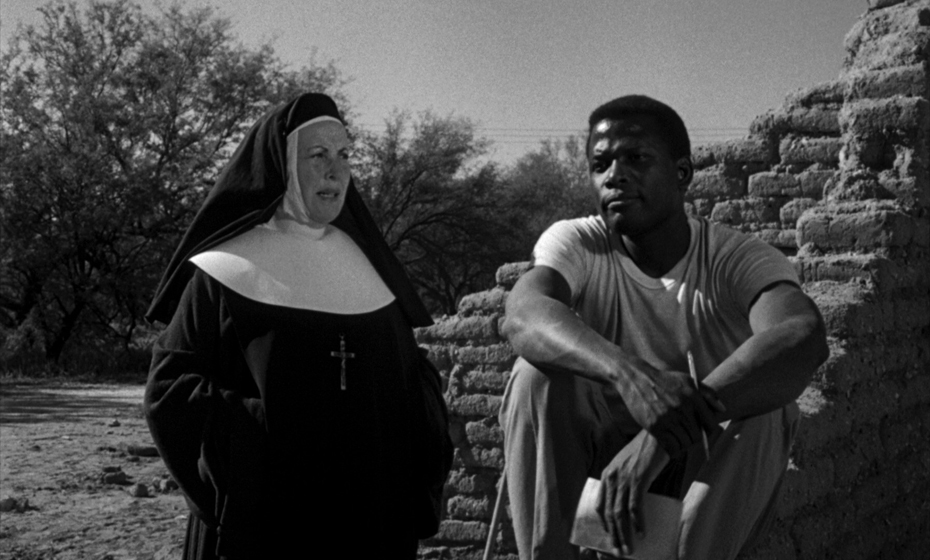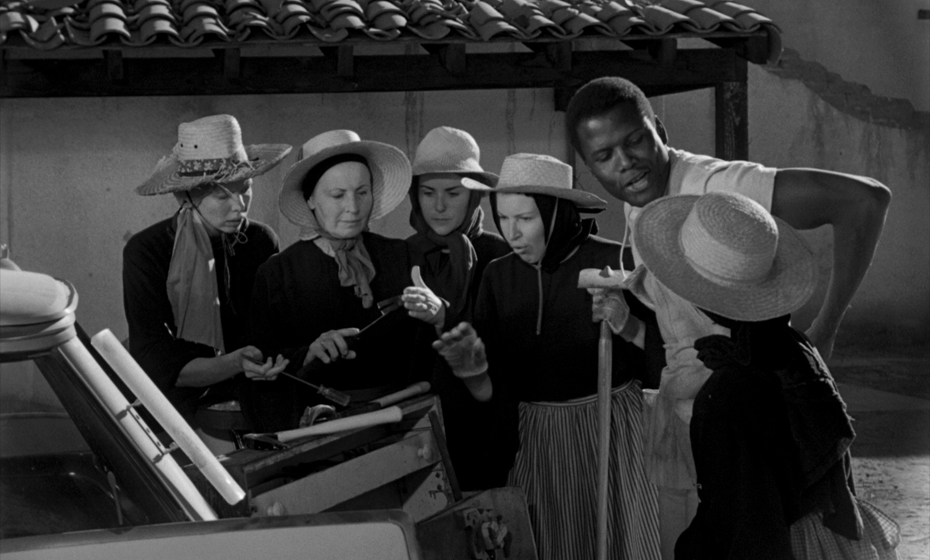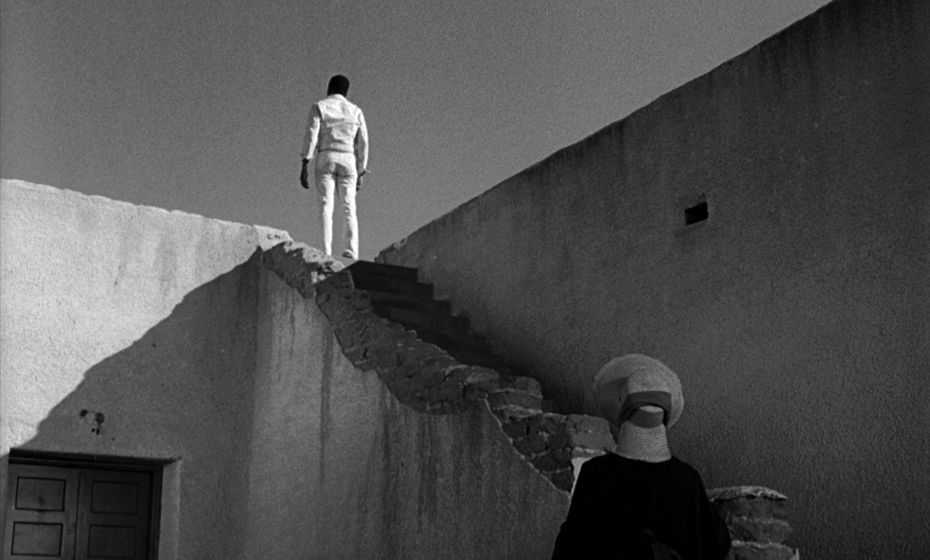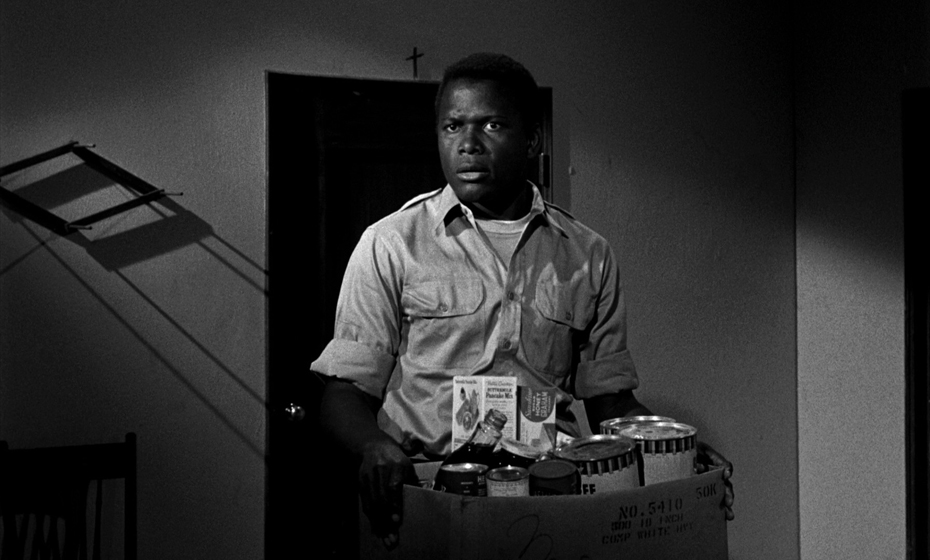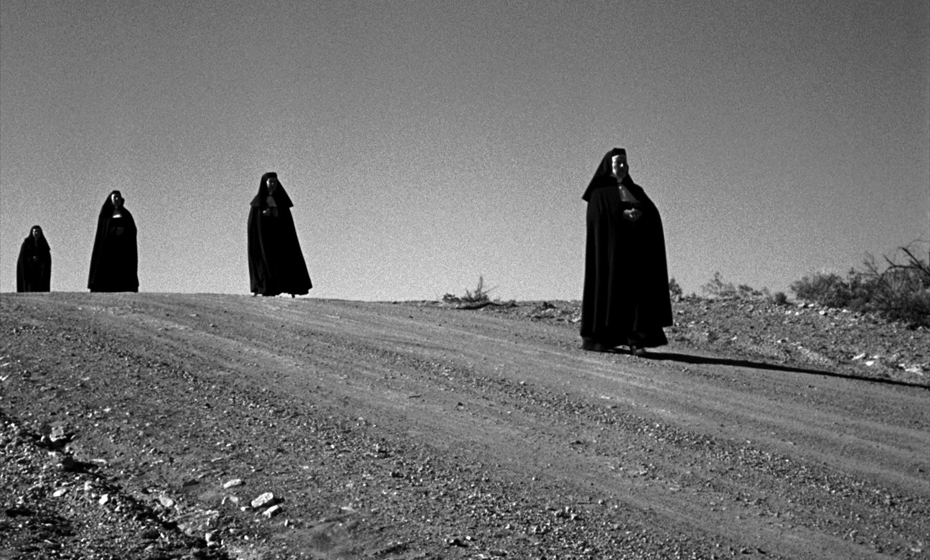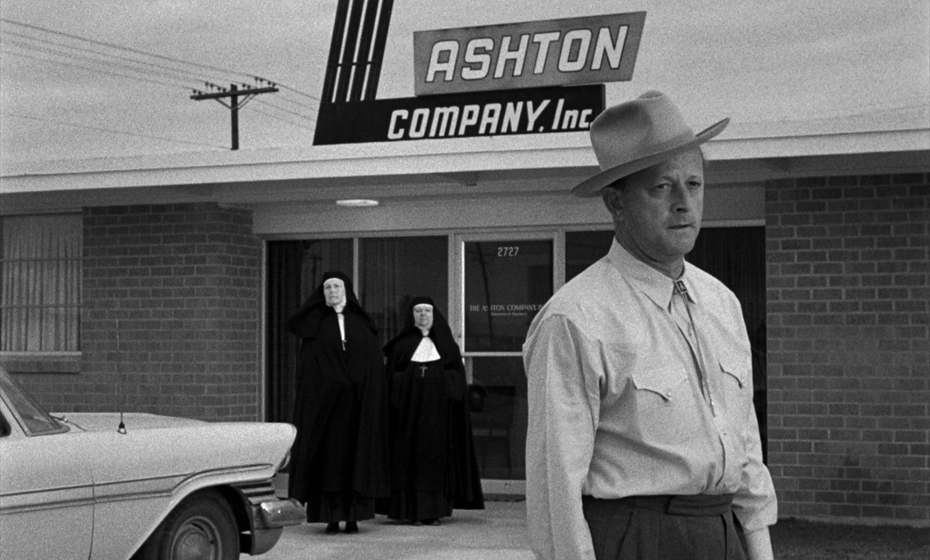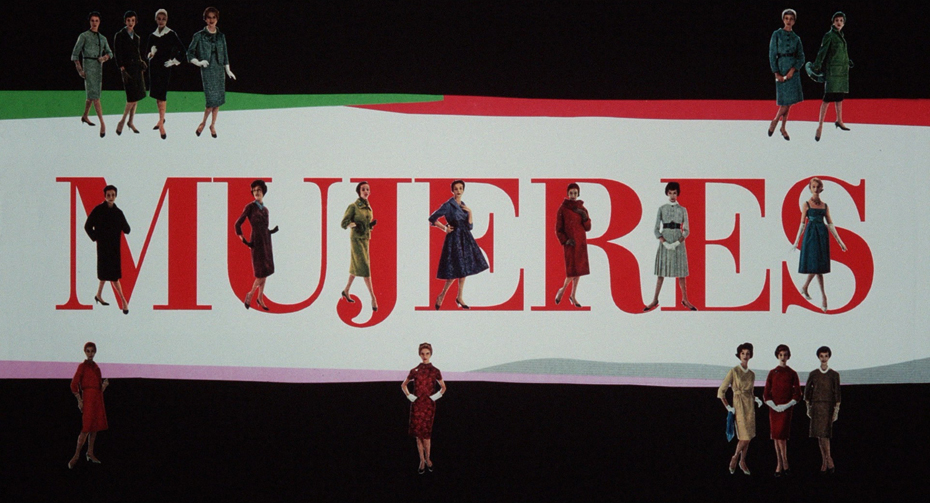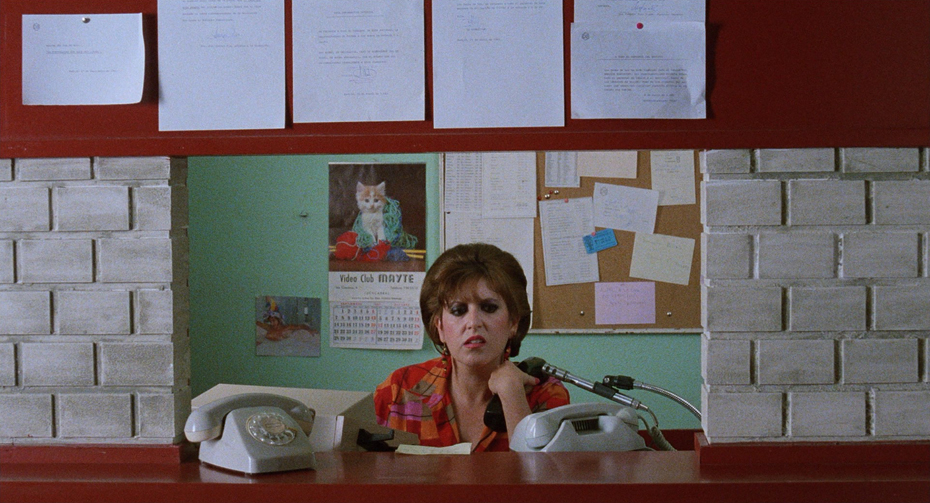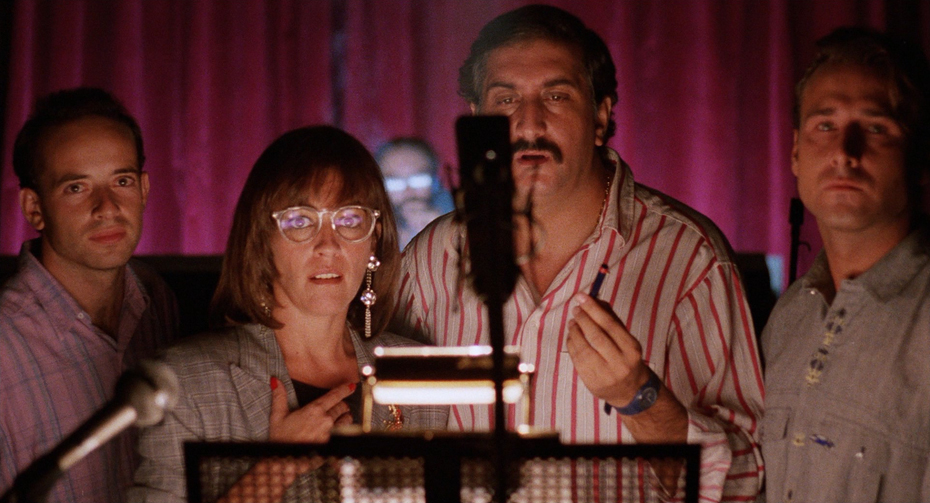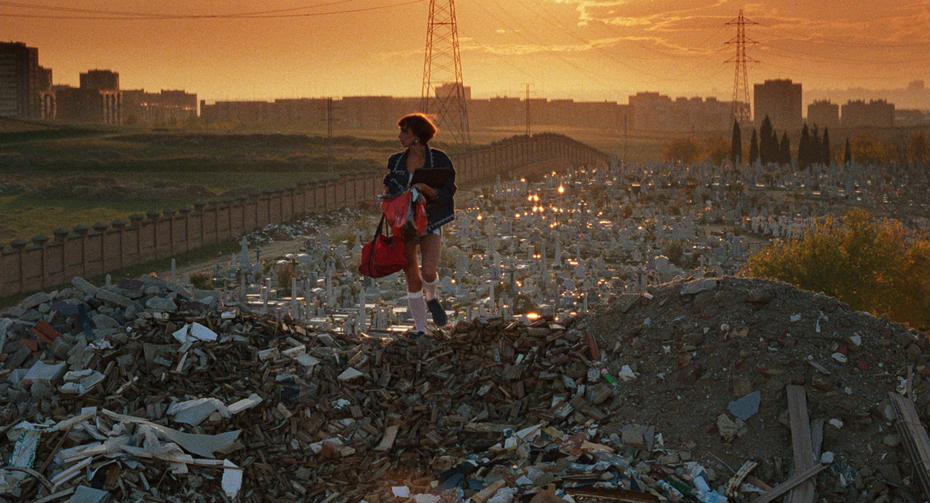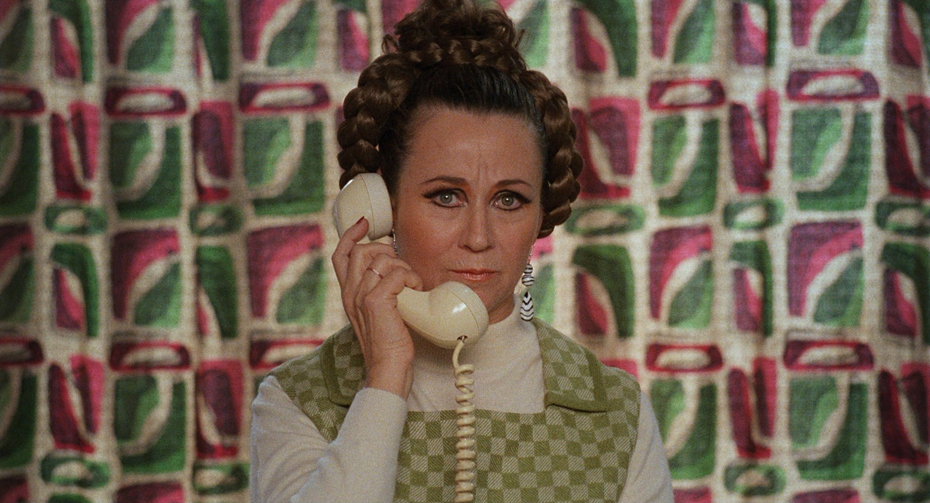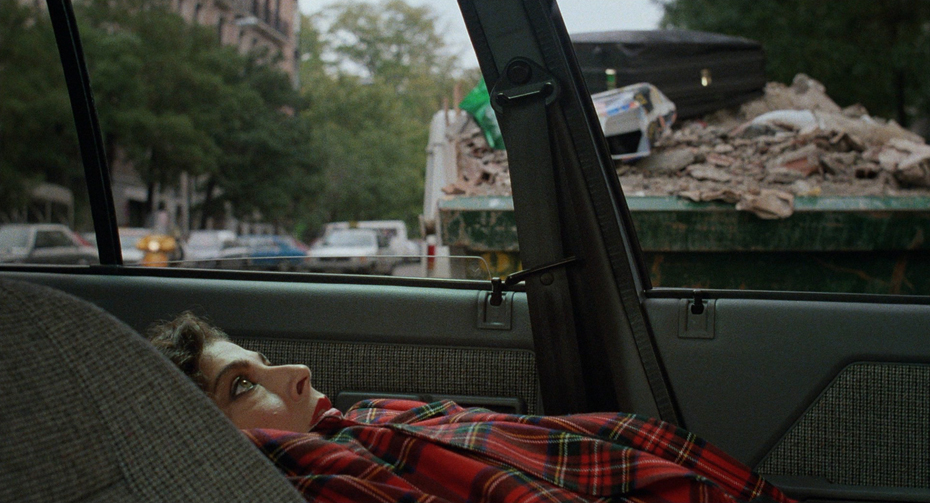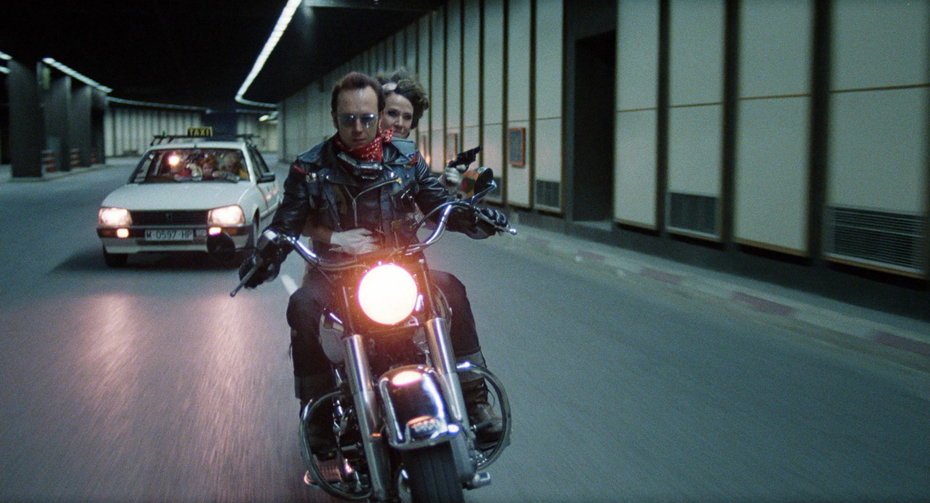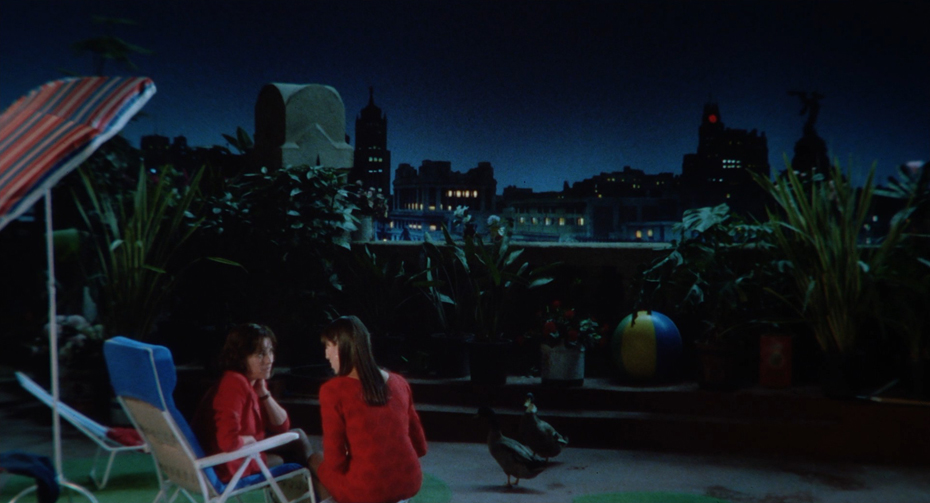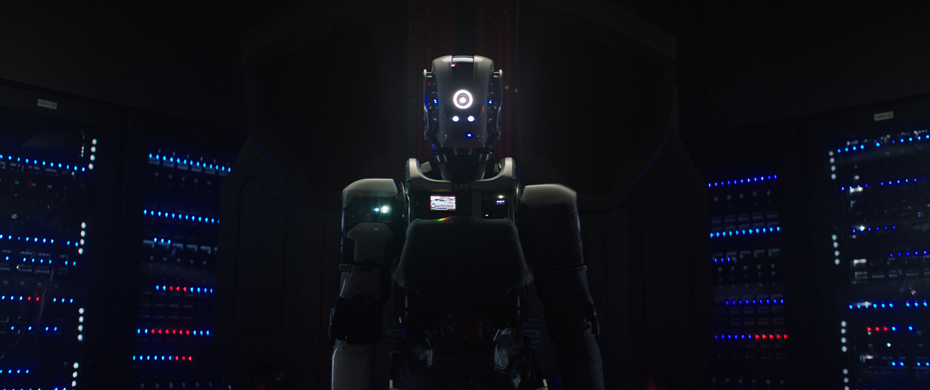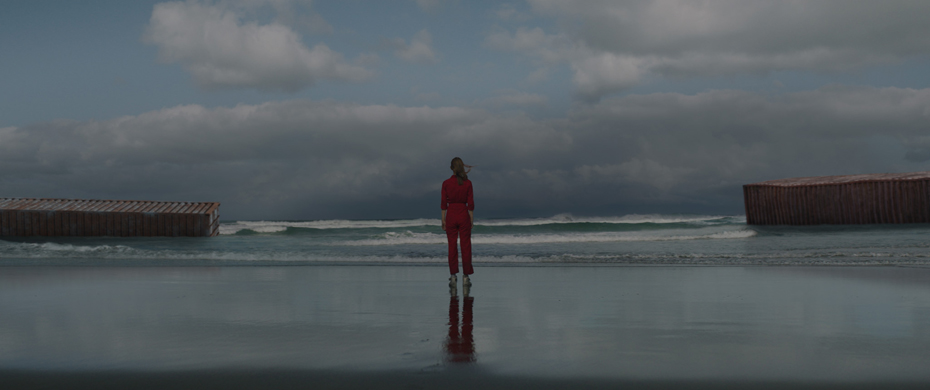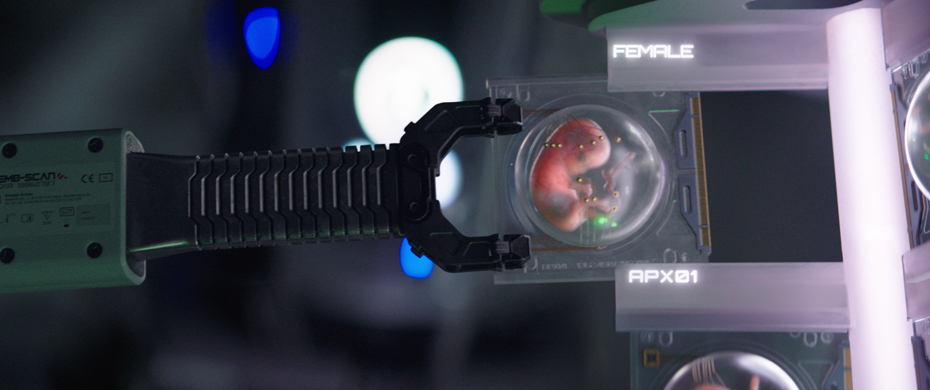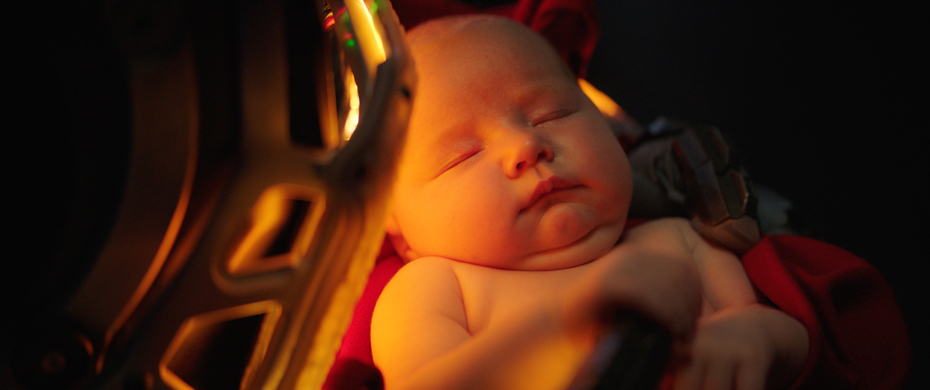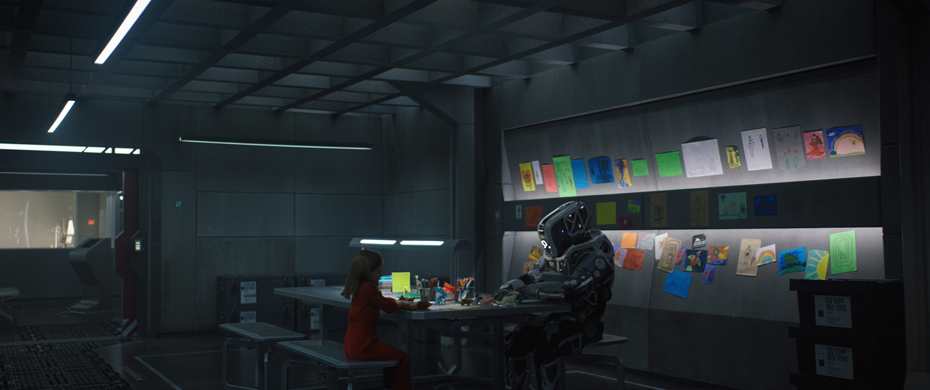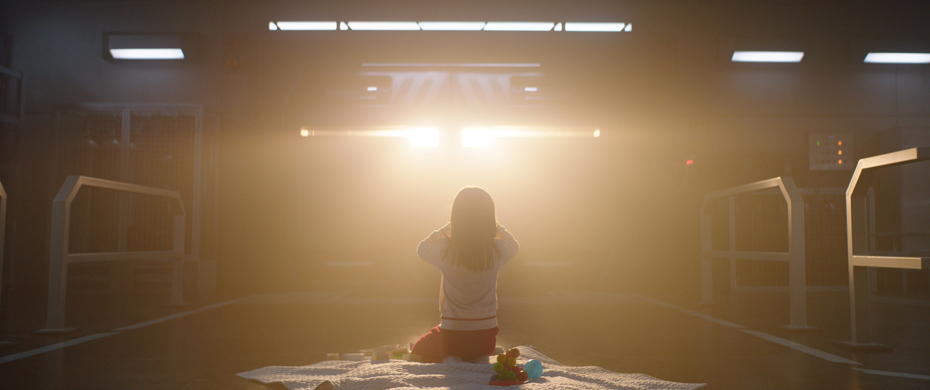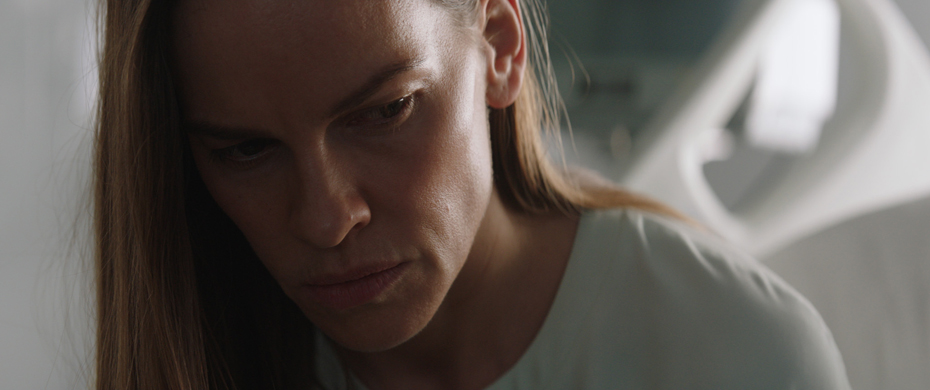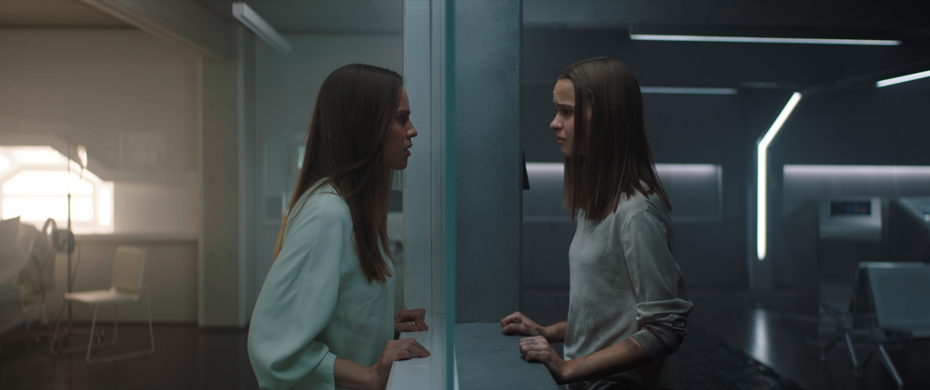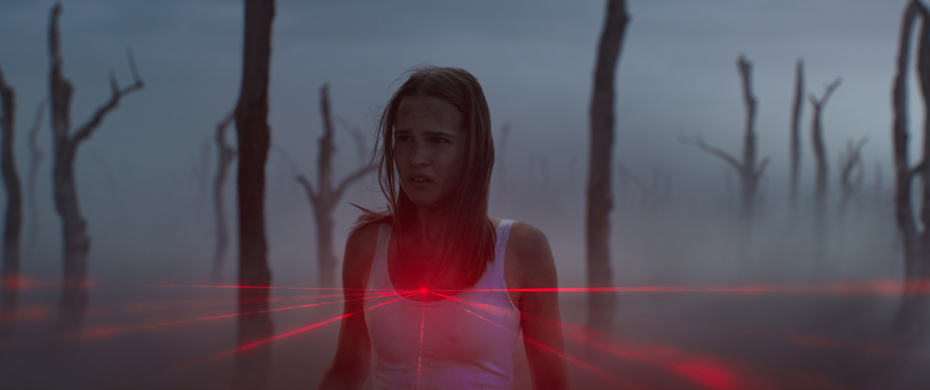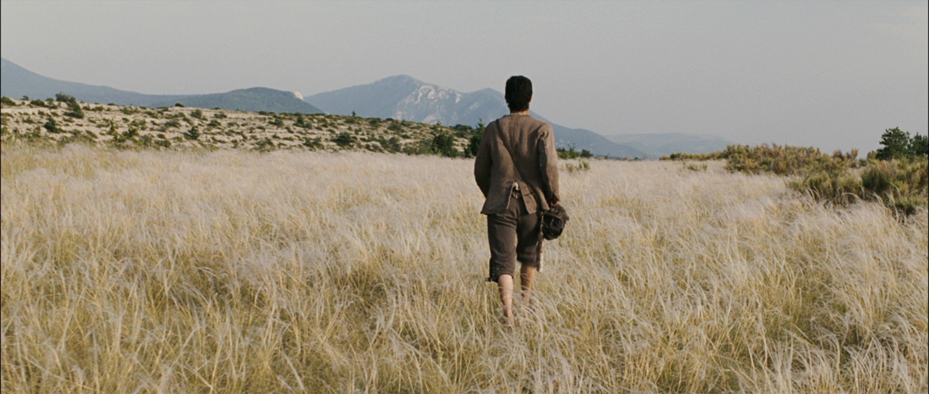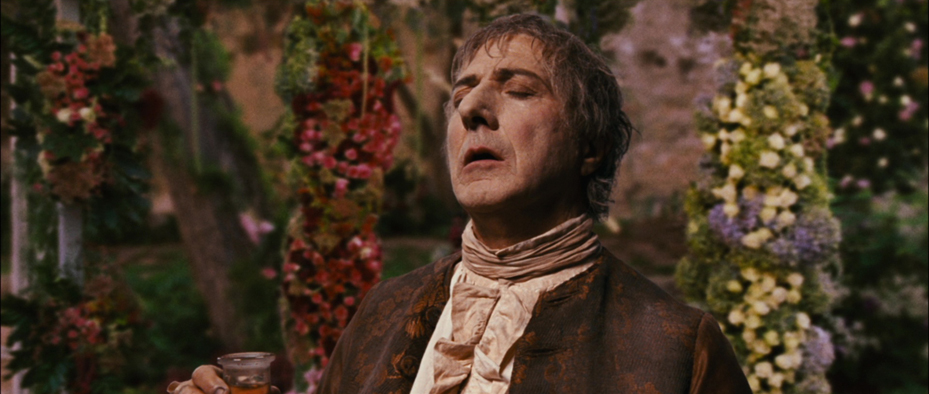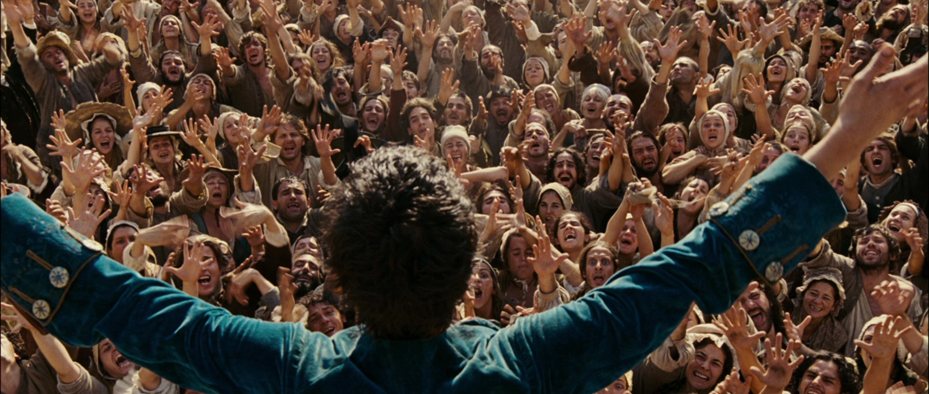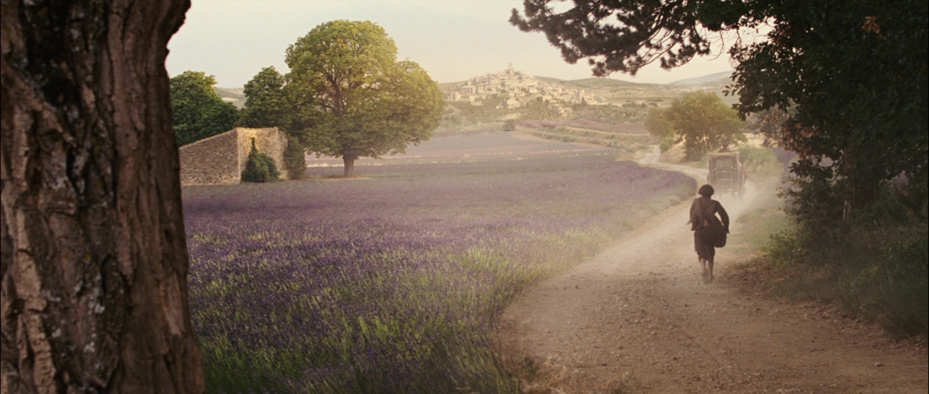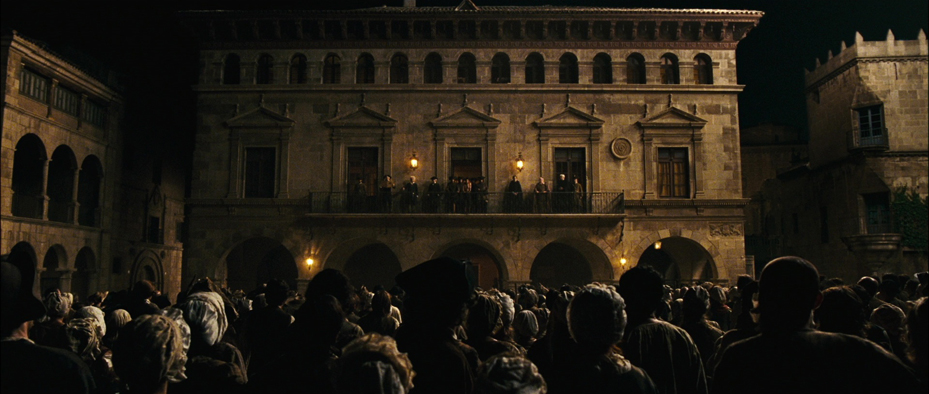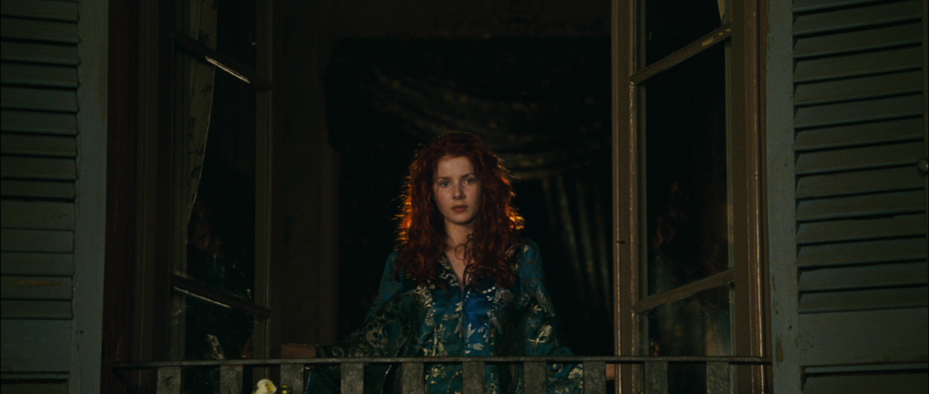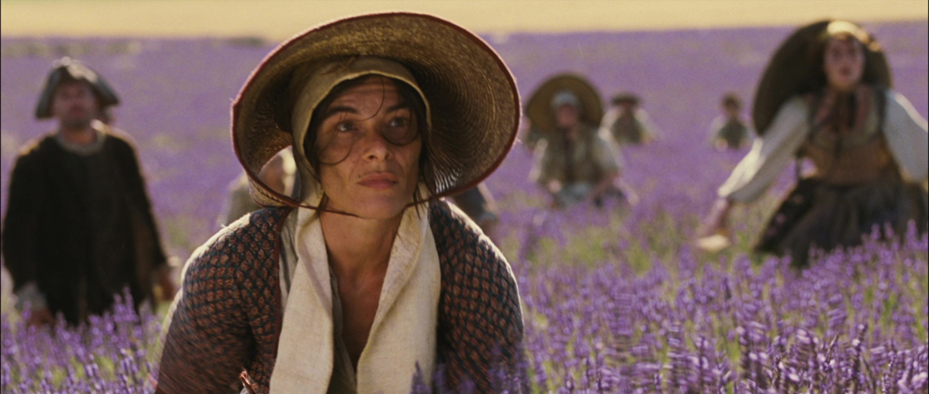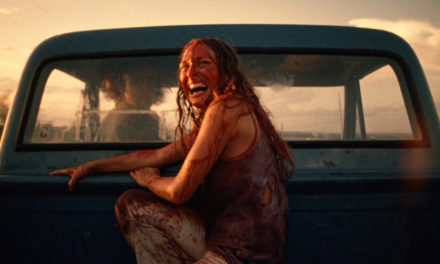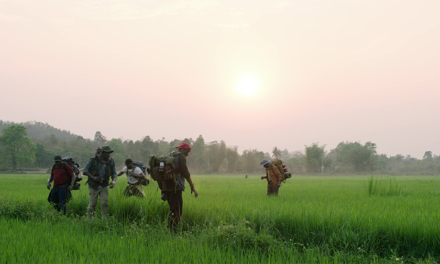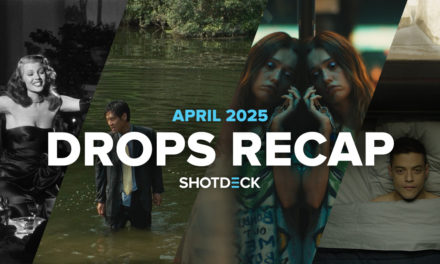THE TUESDAY DROP – 03/08
03.08.22 / New Shots
We’re raising the bar! Instead of 10 titles we’re now releasing 15 titles from 10 films and 5 episodes, starting with the hit series Insecure. Thank you for following and supporting us so far, we have many more new features and films to add to ShotDeck in the coming months that we can’t wait to share with you!
INSECURE: SEASON 1 EP 1-5 (2016)
INSECURE, created by Issa Rae and Larry Wilmore, is an American comedy-drama television series that was partially based on Rae’s acclaimed web series Awkward Black Girl, which also led to her The New York Times Bestselling memoir of the same name. The show follows two women in their late twenties, Issa and Molly, who have been best friends with each other since their college days at Stanford. Together, they deal with racial, cultural and relationship issues while making their way in Los Angeles, The show has received critical acclaim since it’s debut in 2016, and recently concluded its run with five seasons. The first five episodes of season one were shot by Matthew J. Lloyd (Spider-Man: Far From Home, Power Rangers) and Anette Haellmigk (Game of Thrones, The West Wing) and were primarily photographed with a combination of Arri Alexa Mini cameras and Cooke S5i lenses.
HARRIET (2019)
Kasi Lemmons’s 2019 drama HARRIET stars Cynthia Erivo as abolitionist Harriet Tubman, who escaped slavery and rescued approximately 70 others from slavery on the Underground Railroad. The film also stars Leslie Odom Jr., Joe Alwyn and Janelle Monáe. Harriet premiered at the Toronto International Film Festival, and received Academy Award nominations for Best Actress and Best Original Song. Lemmons worked on the film with American cinematographer John Toll, who was best known at the time for his work on films such as Braveheart, Almost Famous and The Thin Red Line. This was the pair’s first collaboration.
Lemmons approached her collaboration with Toll with a clear sense that Harriet needed a straightforward, naturalistic visual language. Given the tight budget and 35 day shooting schedule, which included many night exterior scenes on location in Richmond, Virginia, Toll opted to shoot the movie digitally with Panavision Sphero 65 lenses to maximize his ability to extract details in the image out of the dark, and in order for the crew to be nimble on set. One of the storytelling elements that Lemmons and Toll paid particular attention to was how they would be able to convey the scale of Tubman’s 100 mile journey on foot from Virginia to Philadelphia as she escaped slavery. The pair extensively scouted the landscapes through which Tubman walked, and worked closely with production designer Warren Young to give the film a sense of large physical scale, even on their relatively modest budget.
THE SACRIFICE (1986)
Andrei Tarkovsky’s final film, THE SACRIFICE, was released in 1986 and stars Erland Josephson as a middle-aged man who bargains with God to stop an impending nuclear holocaust. Also starring Susan Fleetwood, Filippa Franzén, and Tommy Kjellqvist, The Sacrifice won the Grand Prix at the Cannes Film Festival upon it’s release. Cinematographer Sven Nykvist, a frequent collaborator of Ingmar Bergman who had shot films such as Persona, Fanny and Alexander, and Scenes from a Marriage, was a friend of Josephson and was asked to join the production.
Tarkovsky was known for being a perfectionist with camera composition, and The Sacrifice was no different. He had Alexander’s house in the film built from scratch, and choose to shoot the final scene, where it is burned down, on one camera despite Nykvist’s protest. During shooting the camera jammed and the footage was ruined, requiring a very costly reconstruction of the house in two weeks. On this second attempt two cameras were used and the shot, which had come to Tarkovsky in a dream ten years earlier, was completed. In post production, significant amounts of color were removed from select scenes to give the film a unique style.
THE BATTLE OF ALGIERS (1966)
THE BATTLE OF ALGIERS is a 1966 war film co-written and directed by Gillo Pontecorvo. The film follows the efforts of Ali La Pointe and the leaders of Algeria’s Liberation Movement as they attempted to overthrow the French colonizers in power during the 1950s. The Battle of Algiers is widely considered one of the most important war films ever made, for both its naturalistic, documentary-style filmmaking, as well as for its depiction of guerrilla warfare against oppressive colonizers. Pontecorvo worked on the film with Italian cinematographer Marcello Gatti, his longtime collaborator.
Pontecorvo and Gatti wanted to make The Battle of Algiers feel as real as possible to the audience, adopting a point of view mimicking a reporter documenting the war from a distance. Gatti shot the film in high-contrast black-and-white, shooting entirely hand-held with long telephoto lenses to give a sense of energy and immediacy to the footage, while also placing the audience in the physical perspective of someone observing the fighting while looking for a place to shelter as the conflict raged on. By not shooting the conflict in a traditional manner with the camera placed inside the conflict, Pontecorvo and Gatti were able to remove any artifice from the visual language of the movie. The Battle of Algiers has become one of the most influential pieces of political art in history, and has become a touchstone for filmmakers ever since.
MIRROR (1975)
MIRROR is a 1975 drama written and directed by Russian filmmaker Andrei Tarkovsky. The film is a stream-of-consciousness meditation following a character named Alexei (Ignat Daniltsev), a man in his 40s who is dying. Mirror is made up of Alexei’s non-linear memories of his wife (played by Margarita Terekhova) and children, as well as his parents’ divorce and his time on the battlefields during World War II. Like Stalker and other films by Tarkovsky, Mirror was initially met with mixed reviews, but has since grown in its estimation to be considered one of the most important in the history of Russian cinema. Tarkovsky worked on Mirror with Georgi Ryberg.
Ryberg and Tarkovsky worked together to build the visual language for Mirror through collage, combining different film stocks, colors and filmmaking techniques to differentiate Alexei’s memories over the course of the film and guide the audience to where they were in his head. Ryberg shot the film on both ARRI and Mitchell cameras. He and Tarkovsky combined black-and-white newsreel style footage with color dream sequences filmed in slow-motion, and the reproduction of landscape paintings. Though Mirror doesn’t follow a clear narrative structure, its form and construction create a unique viewing experience that is considered by many to be Tarkovksy’s most personal work.
DOCTOR SLEEP (2019)
DOCTOR SLEEP is a 2019 supernatural horror film written and directed by Mike Flanagan, based on Stephen King’s 2013 novel of the same name. Doctor Sleep is the sequel to The Shining, which was also a novel written by King, and was a 1977 film directed by Stanley Kubrick. Doctor Sleep follows Danny Torrance (played by Ewan McGregor), a man with psychic abilities who struggles with his childhood trauma. The film also stars Rebecca Ferguson, Kyleigh Curran and Cliff Curtis. Flanagan worked on Doctor Sleep with cinematographer Michael Fimognari. The pair had previously collaborated on Oculus, Before I Wake, Ouija: Origin of Evil, The Haunting of Hill House and Gerald’s Game.
Fimognari and Flanagan decided to shoot Doctor Sleep using the Alexa 65, which they had used on several of their previous projects together. While the pair wanted to do justice to the legacy of The Shining, they were focussed on telling the story of Danny without being burdened with Kubrick’s film hanging over them. While The Shining told much of its story through color in the paints and dyes of the set and costuming, Fimognari and Flanagan chose to visually demonstrate Danny’s journey using chromatic lighting setups – predominantly yellow-warm autumnal tones and cyan-based shadows. The complimentary colors were pushed slightly, so that the film moved away from something conventional and into a slightly surreal territory that spoke to the off-kilter nature of the story being told.
BELLE (2013)
Amma Asante’s 2013 period drama BELLE tells the story of Dido Belle, the illegitimate daughter of a navy admiral, who is brought up by her aristocratic uncle and aunt, and grows up to abolish slavery in England. The film is loosely inspired by the 1779 painting of Belle and her cousin Lady Elizabeth Murray, and stars Gugu Mbatha-Raw as Belle, as well as Tom Wilkinson, Miranda Richardson, Emily Watson and Tom Felton. Asante worked on Belle with British cinematographer Ben Smithard, who was known at the time for his work on films such as The Damned United and My Week With Marilyn. Belle was the pair’s first collaboration. Asante and Smithard’s collaboration on Belle is notable for being the first major British motion picture to be shot in true 4K digital. Smithard opted to shoot the project on the Sony F65 CineAlta digital production camera. This was the first feature Smithard had shot digitally, going against the conventional wisdom at the time that “period = film”. Smithard felt that the camera helped achieve a filmic look while allowing them to keep production costs down and spend the budget in other areas.
LILIES OF THE FIELD (1963)
LILIES OF THE FIELD is a 1963 comedy drama directed by Ralph Nelson and written by James Poe, adapted from William Edmund Barrett’s 1962 novel of the same name. The film stars Sidney Poitier as an itinerant worker who encounters a group of East German nuns, who believe he has been sent to them by God to build them a new chapel. The film also stars Lilia Skala, Stanley Adams and Dan Frazer. Lilies of the Field was nominated for Best Picture, Best Actor, Best Supporting Actress, Best Adapted Screenplay and Best Black and White Cinematography at the Academy Awards, with Poitier winning for Best Actor (becoming the first African-American to win the award). In 2020, the film was added to the US National Film Registry by the Library of Congress.
Nelson worked on the movie with American cinematographer Ernest Haller, who was known at the time for his work on films such as Jezebel, Gone With The Wind and Mildred Pierce. Lilies of the Field was filmed entirely on location in and around Tucson, Arizona, on a tight budget and a 21 day schedule, meaning that Nelson and Haller’s collaboration had to be tailored towards having a fast and flexible shoot. Given the limitations that Haller found in particular with space, given the film’s practical interior locations, he innovated along with gaffer Lloyd Garnell by employing lightweight, modified 300-watt aircraft landing lights known as “Garnelites” to light many of the film’s scenes.
WOMEN ON THE VERGE OF A NERVOUS BREAKDOWN is a 1988 dark comedy written and directed by Pedro Almodóvar, and starring Carmen Maura and Antonio Banderas. The film follows a woman searching for her missing lover, while also evading a former lover who has turned out to be a terrorist. Women on the Verge of a Nervous Breakdown debuted at the Venice International Film Festival, and was nominated for an Academy Award in the Best Foreign Language Film category. Almodovar worked on the film with longtime collaborator and fellow Spaniard José Luis Alcaine.
Almodovar wanted to converge melodrama with screwball comedy as a way of adding levity to the serious themes running through the film, and worked with Alcaine to bring this into the visual language primarily through the color palette of the film. Almodovar and Alcaine worked with the production design team to build sets that were inspired by pop artists such as David Hockney, filling the film with vibrant colors that mirrored the emotional state of the characters over the course of the film.
I AM MOTHER (2019)
I AM MOTHER is a 2019 Australian sci-fi thriller directed by Grant Sputore and written by Michael Lloyd Green (based on a story by both). The film stars Clara Rugaard, Luke Hawker, Rose Byrne and Hillary Swank, and follows a young woman named Daughter being raised by a robot named Mother in a post-apocalyptic bunker, aiding the repopulation of Earth. I Am Mother premiered at the Sundance FIlm Festival. Sputore worked on the film with cinematographer Steve Annis. Sputore and Annis prepared very detailed storyboards for the entire shoot using pre-visualization technology, allowing them to map out camera moves and editing patterns before the production began. They did this in concert with production designer Hugh Bateup, allowing Annis and Bateup to collaborate closely on both the lighting and the colors of the film. The robot suit for Mother was created in a collaboration between Sputore, Annis and Bateup along with the CGI team at Weta Workshop, Tim Domett (who puppeteered Mother’s face), Luke Hawker (who created the suit and did the physical performance) and voice actor Rose Byrne.
PERFUME: THE STORY OF A MURDERER is a 2006 period psychological horror film directed by Tom Tykwer and starring Ben Whishaw, Alan Rickman, Rachel Hurd-Wood and Dustin Hoffman. The film is based on the 1985 novel Perfume by Patrick Suskind. Set in 18th century France, it follows a man with an extraordinary sense of smell, who goes on a murderous quest for the ultimate fragrance. Tykwer worked on the film with German cinematographer Frank Griebe – this was their first of many collaborations. To prepare for the project, Tykwer and Griebe watched period films such as Sleepy Hollow, Amadeus and Oliver Twist – but felt that none of them captured the kind of darkness and grittiness they wanted for Perfume. They also noticed that all of these films were shot on location, and determined that the combination of how contemporary Paris had become, as well as the control they could have in a studio, made it a better fit for this film. They decided that capturing a sense of smell in the visual language would come mostly from the elements they would photograph up close, and from the relatively dark lighting schemes they utilized for scenes where they wanted to heighten the audience’s imagination of scents.

